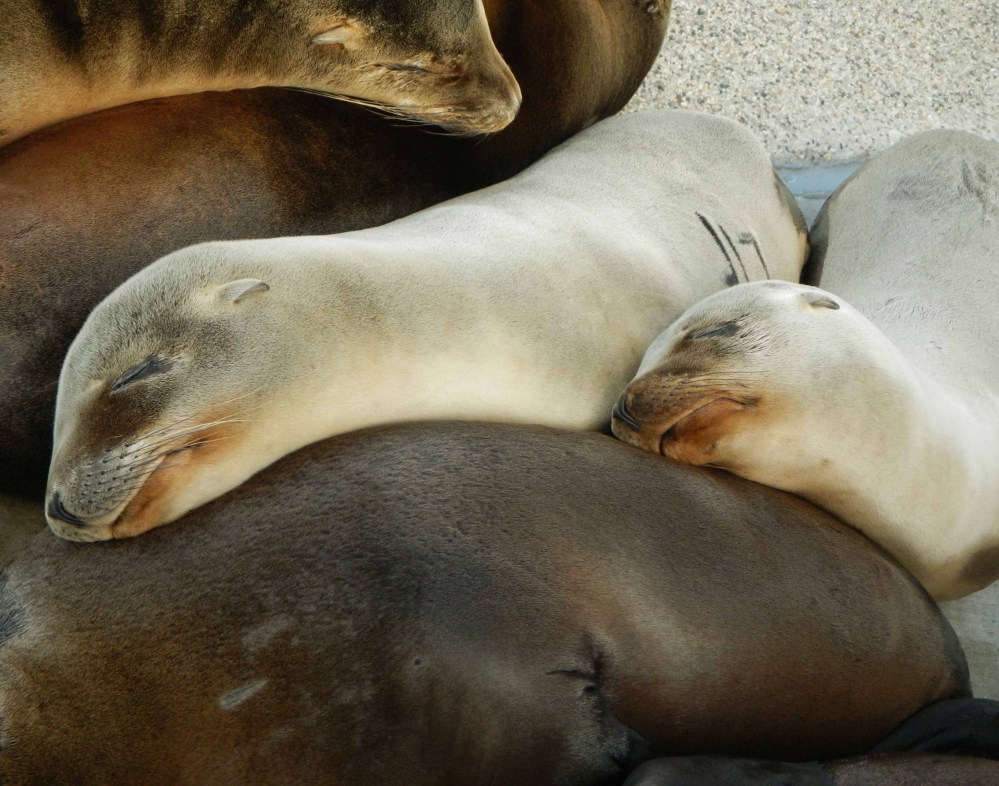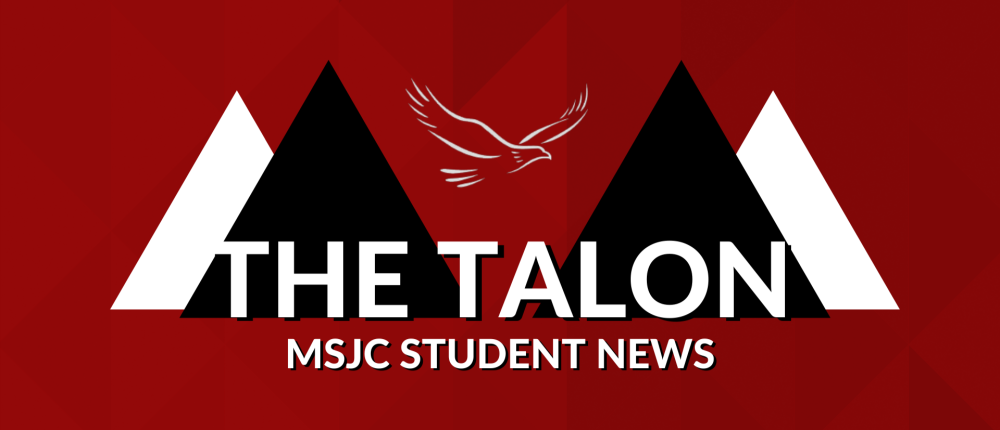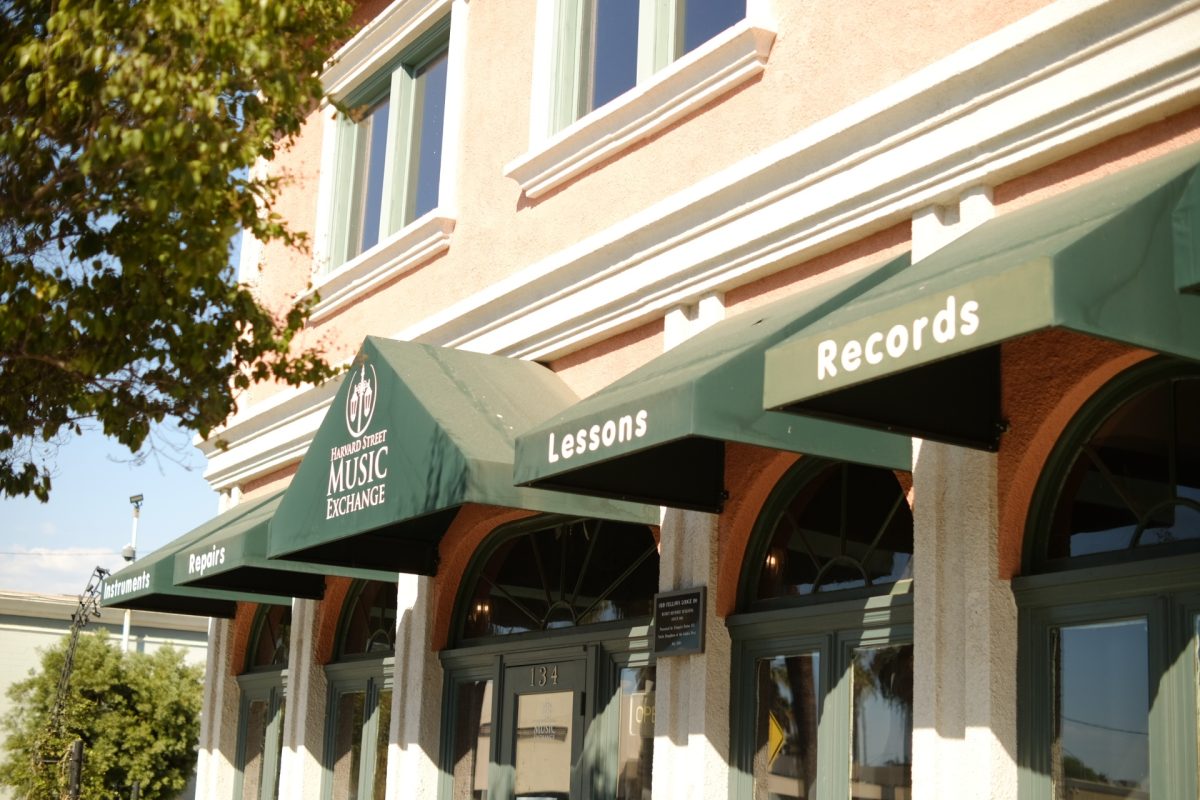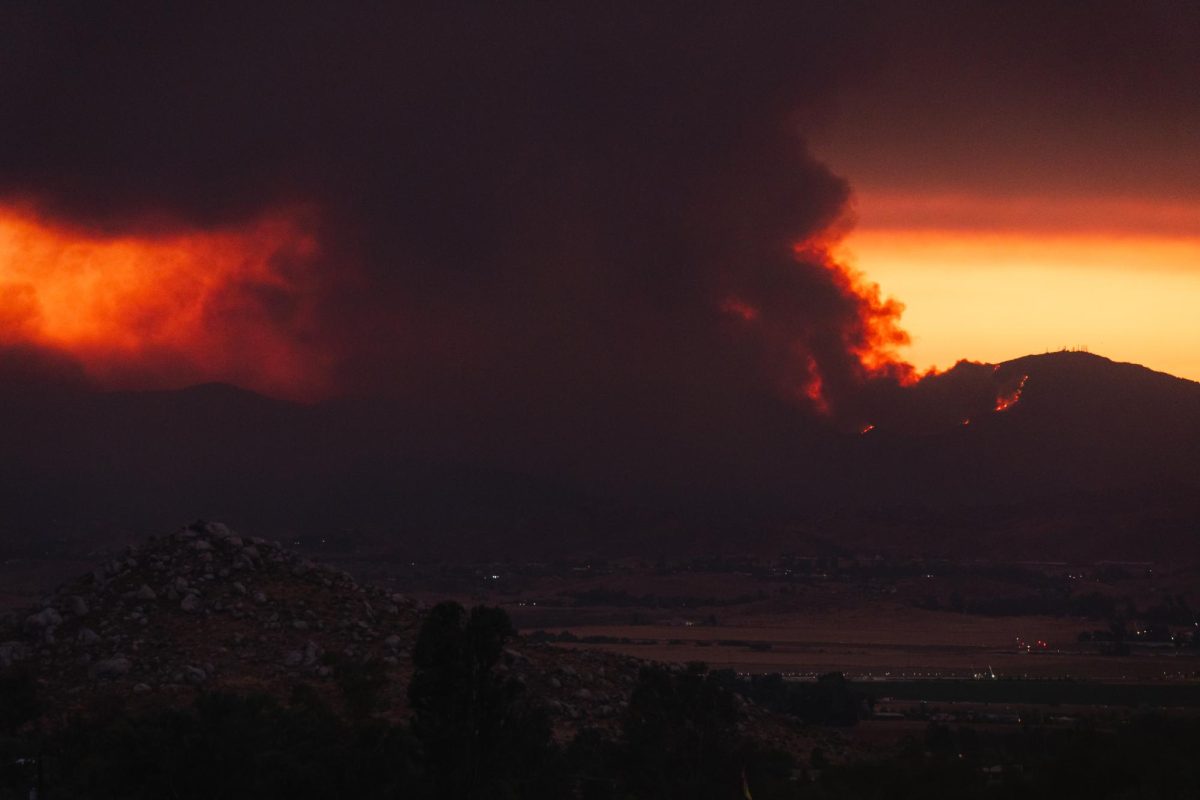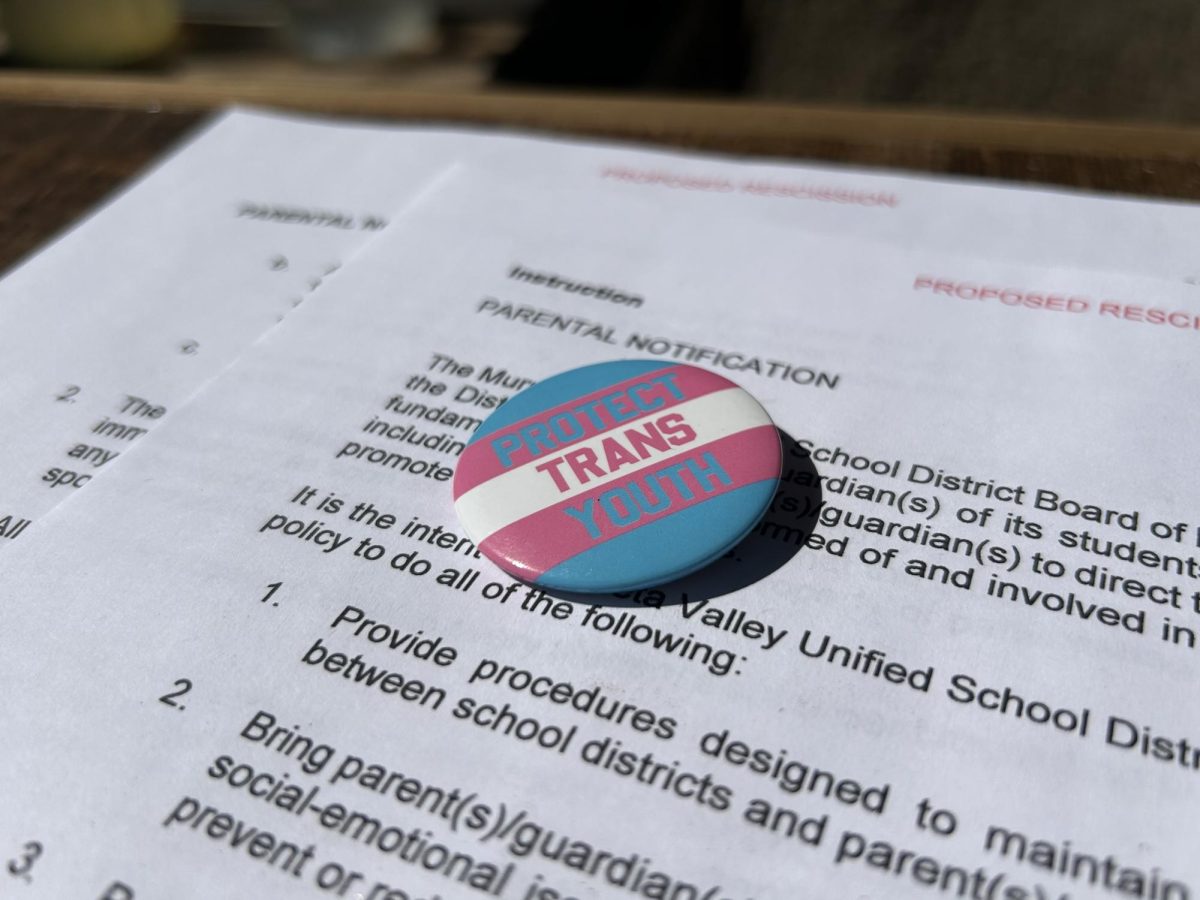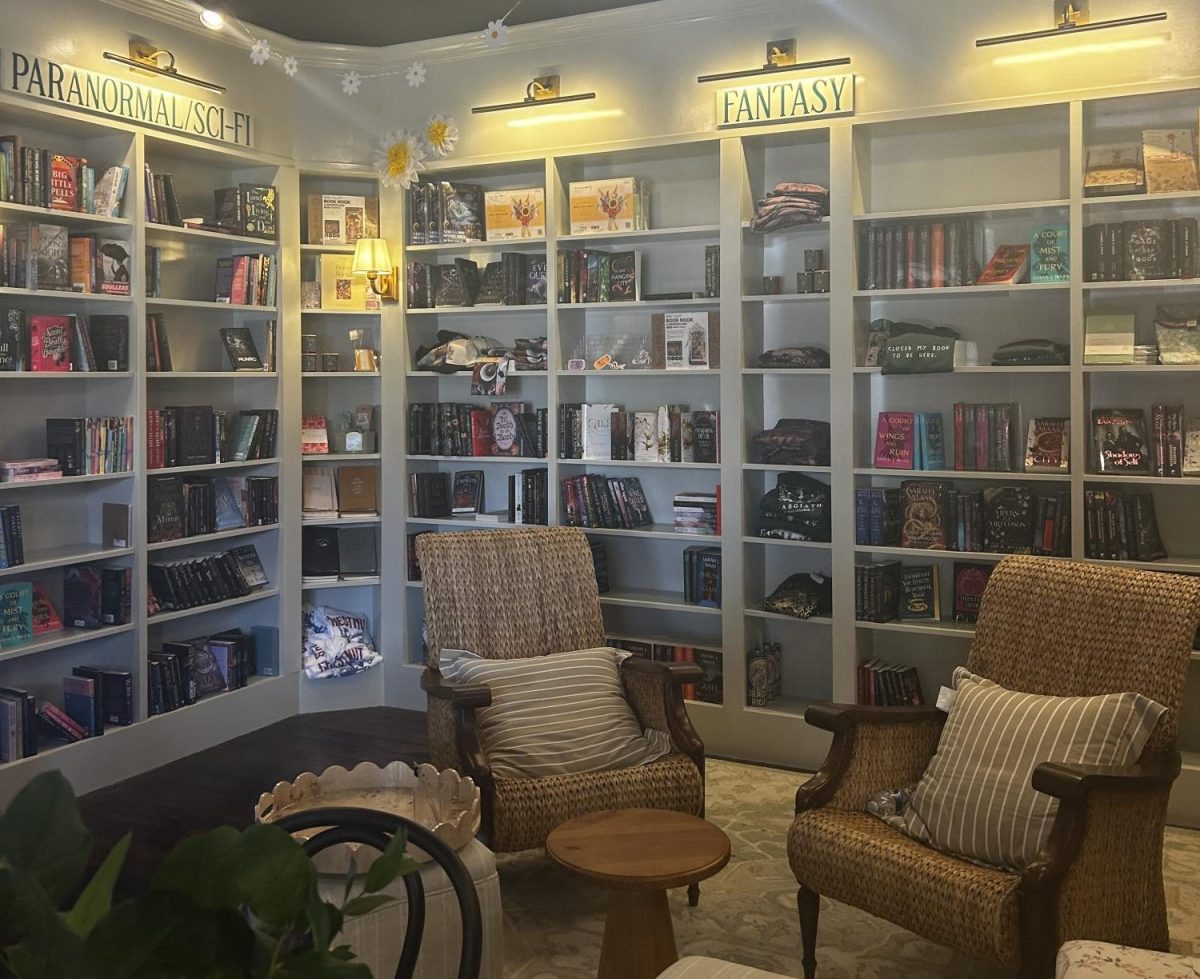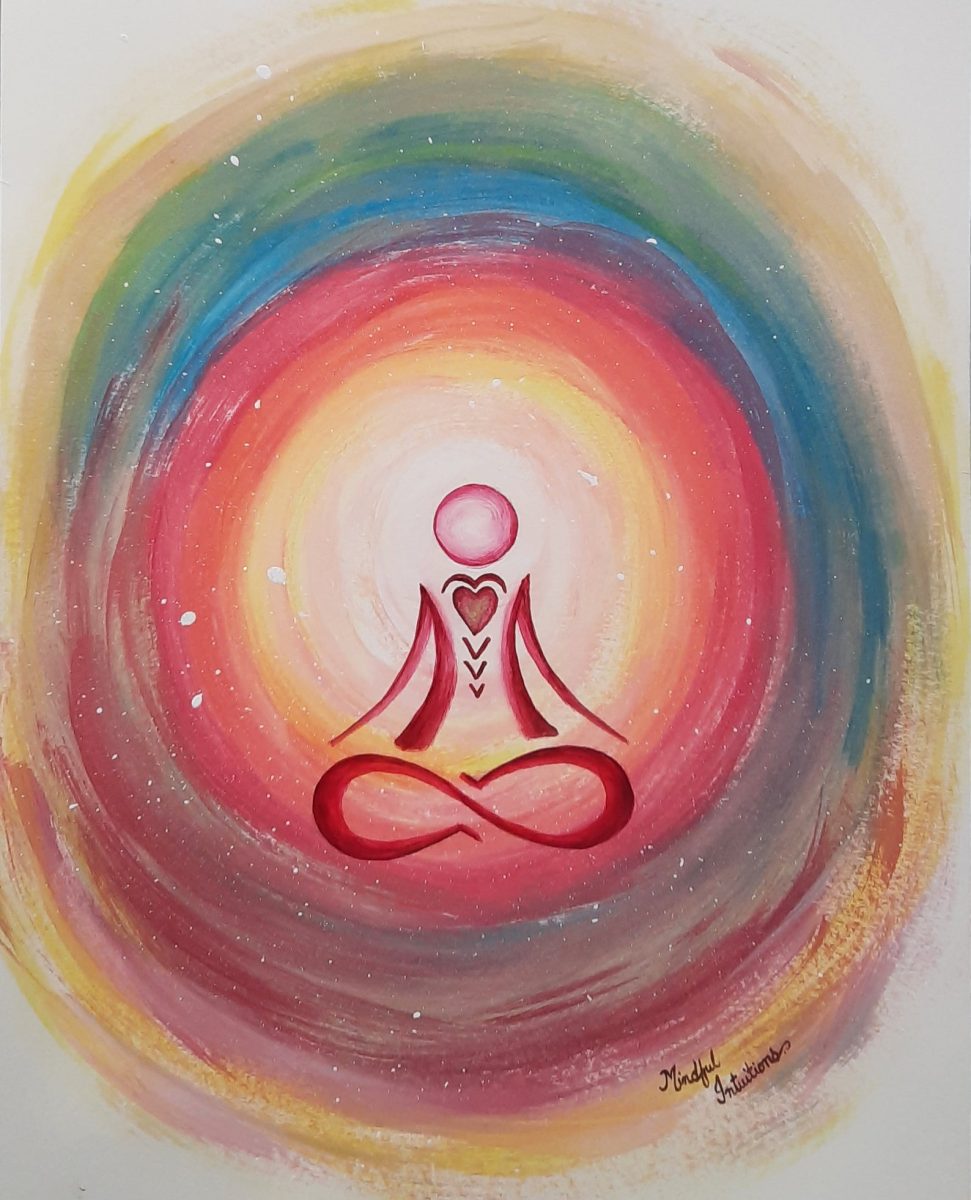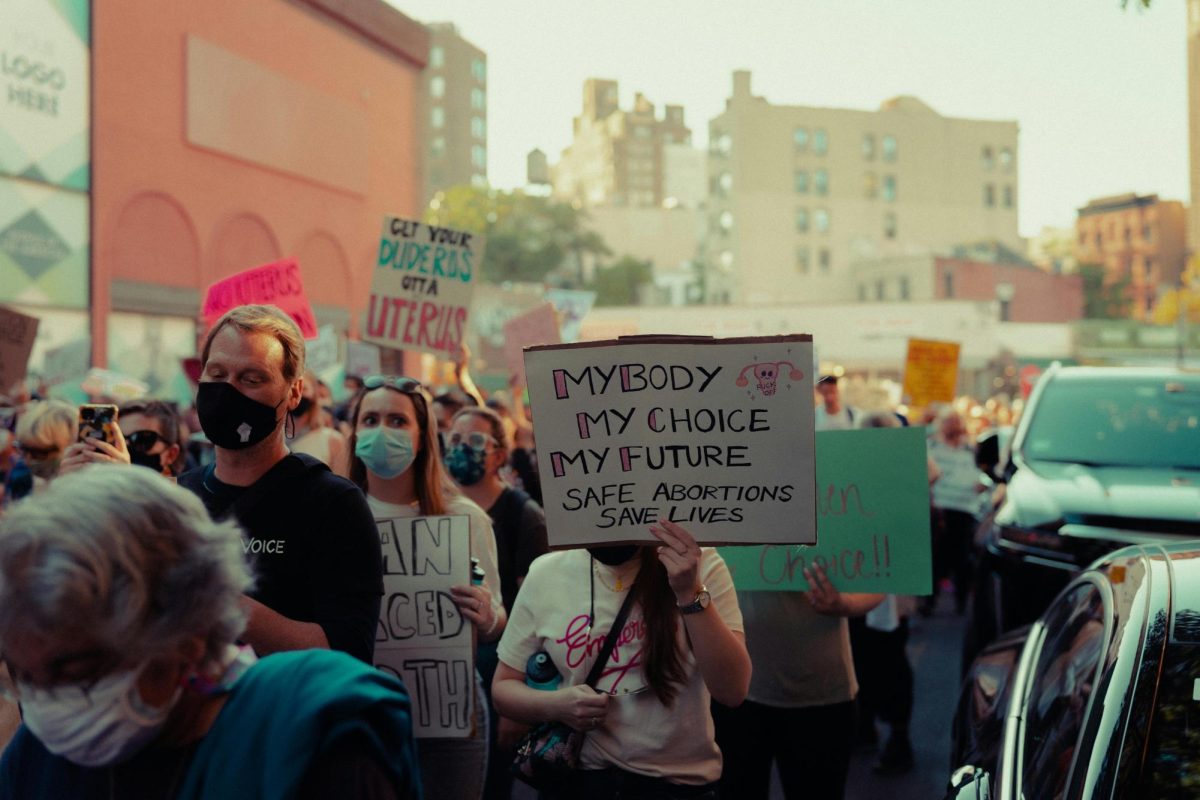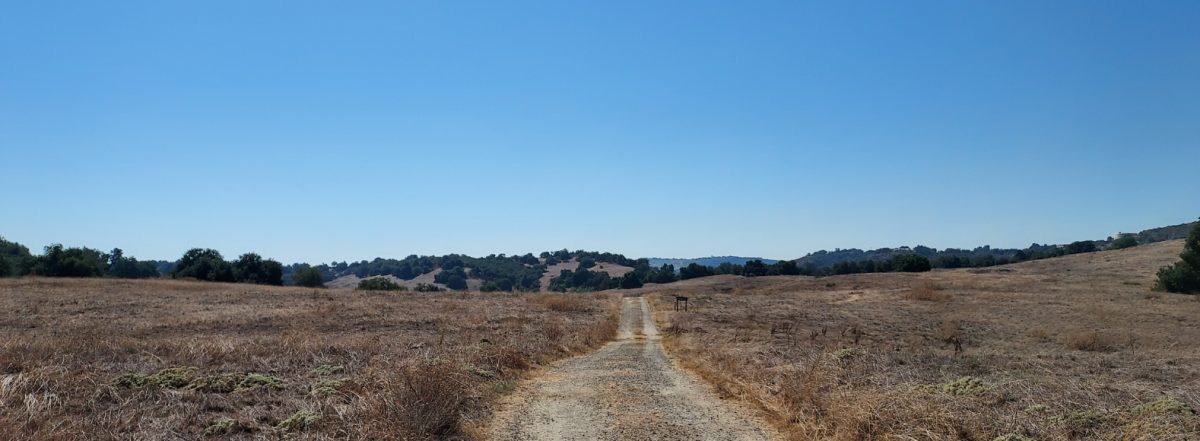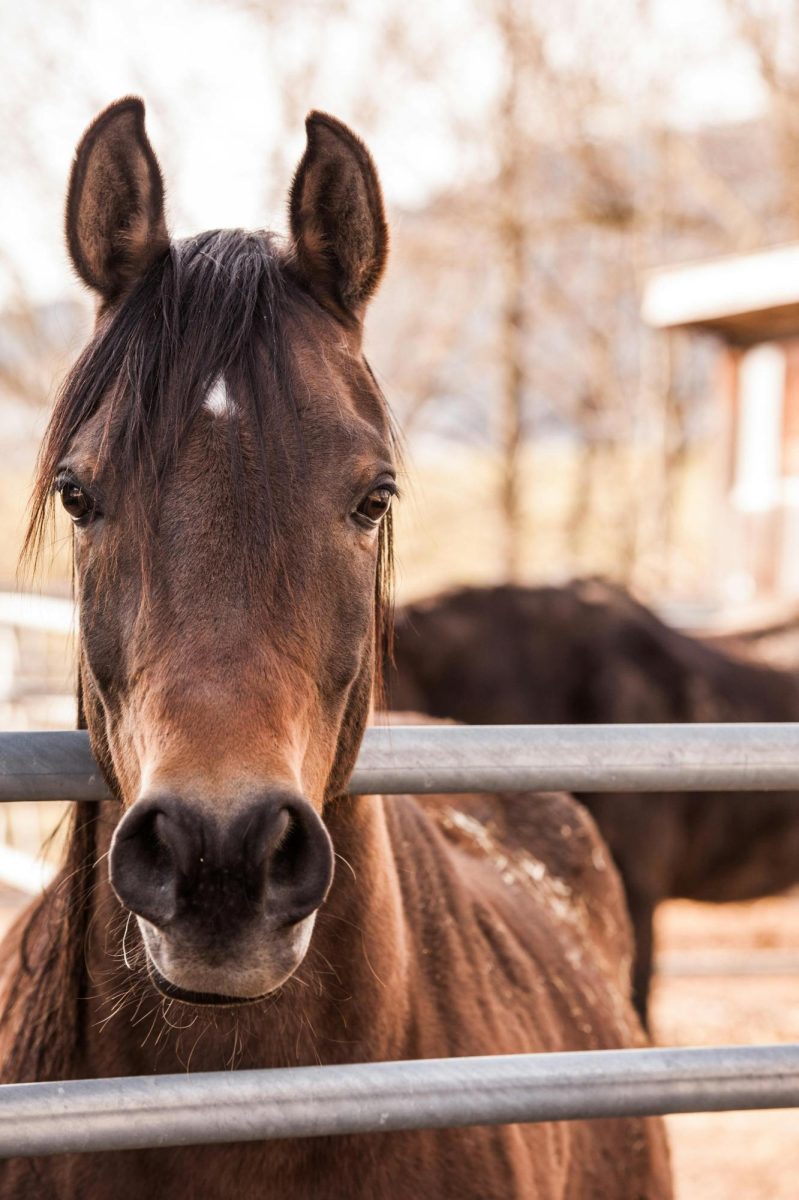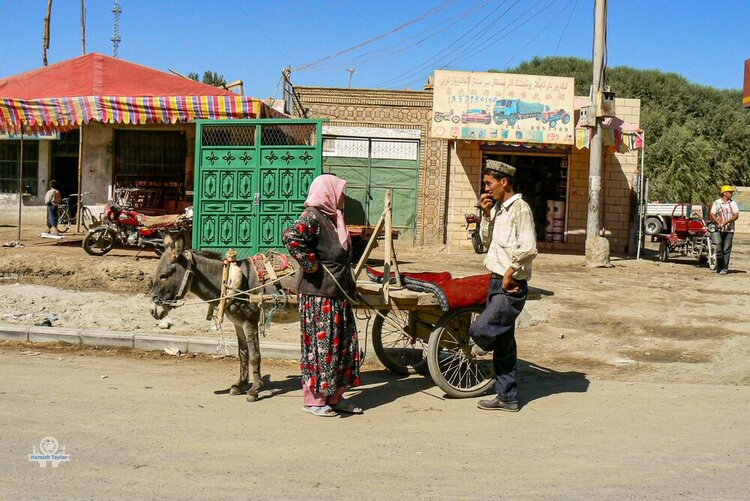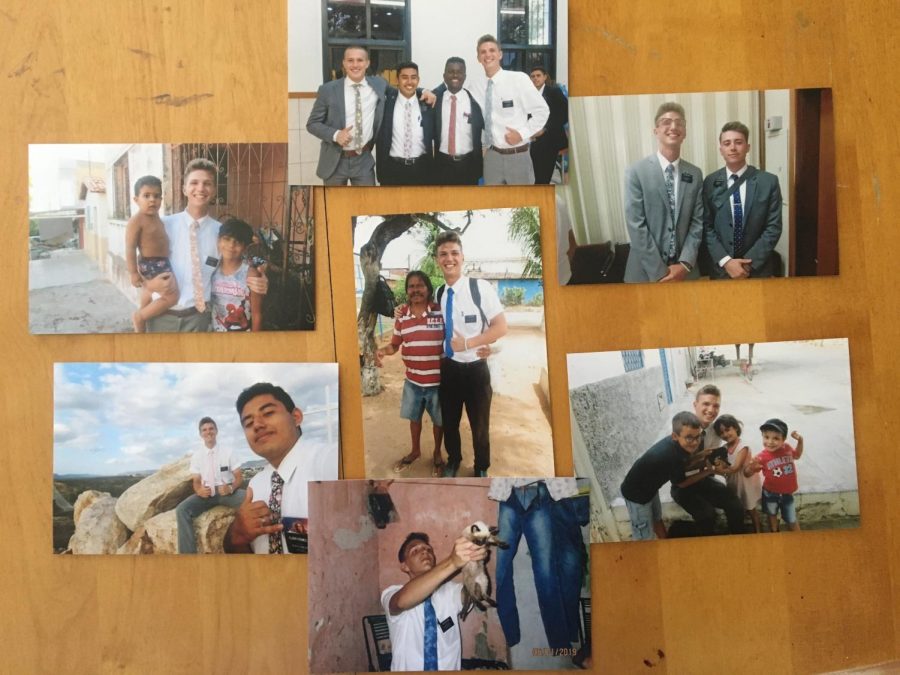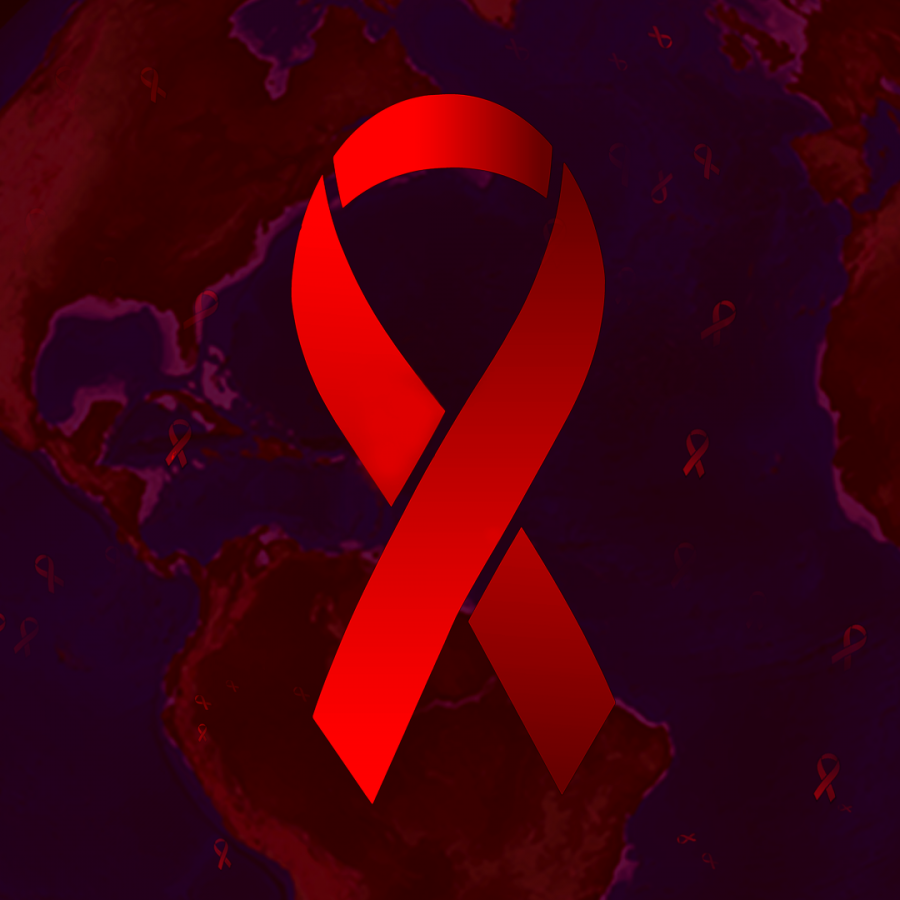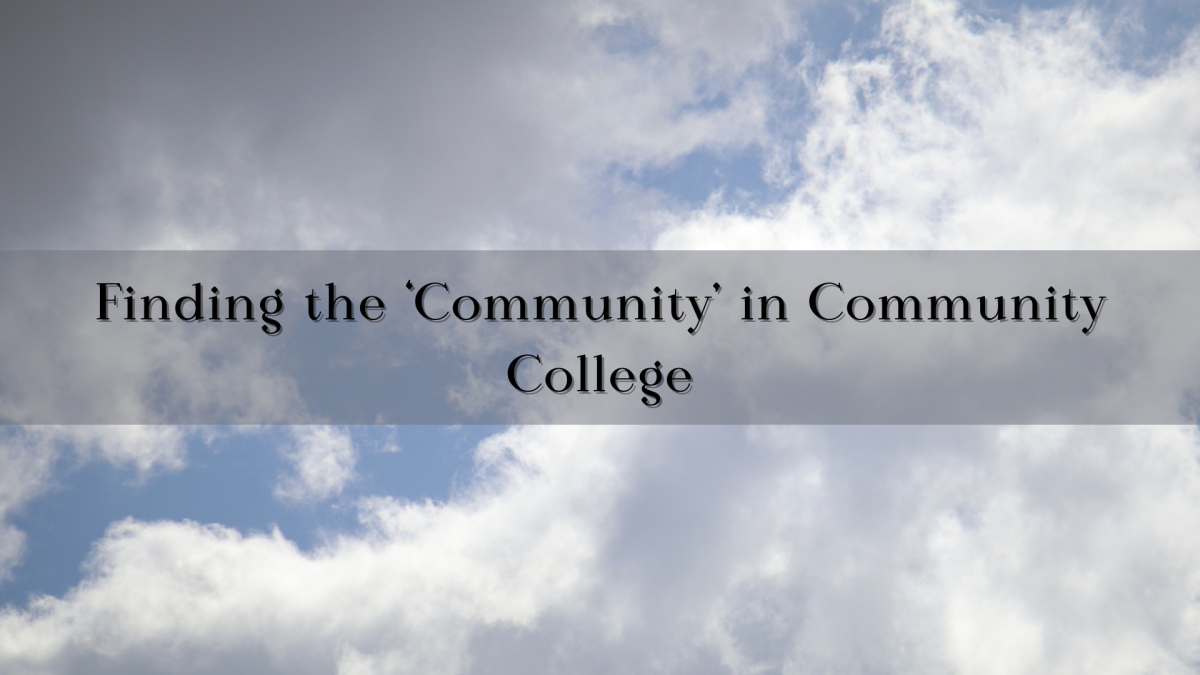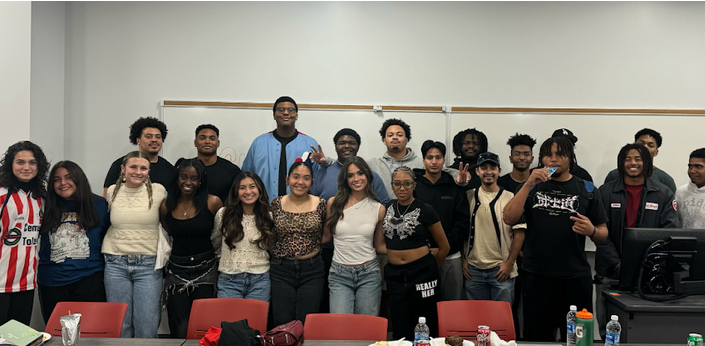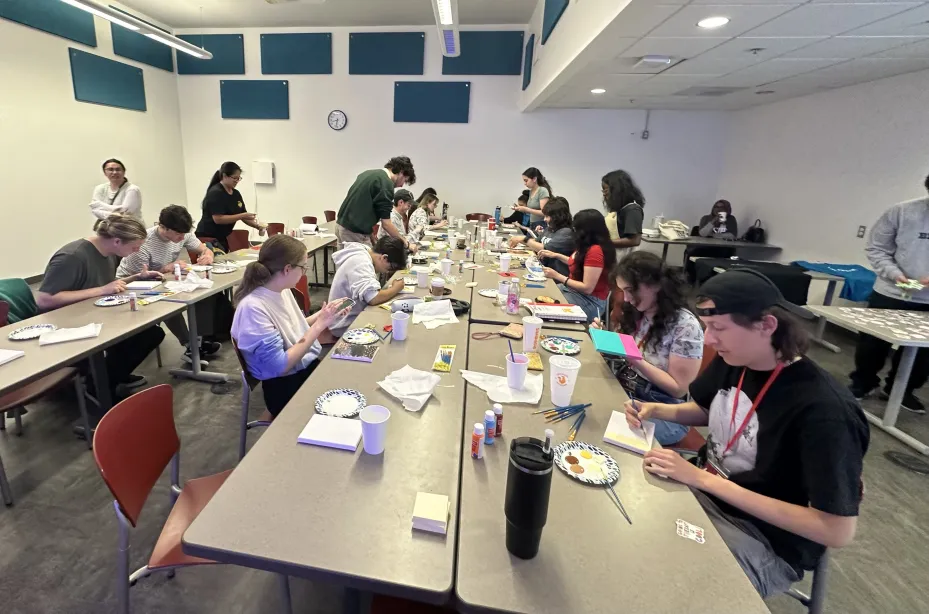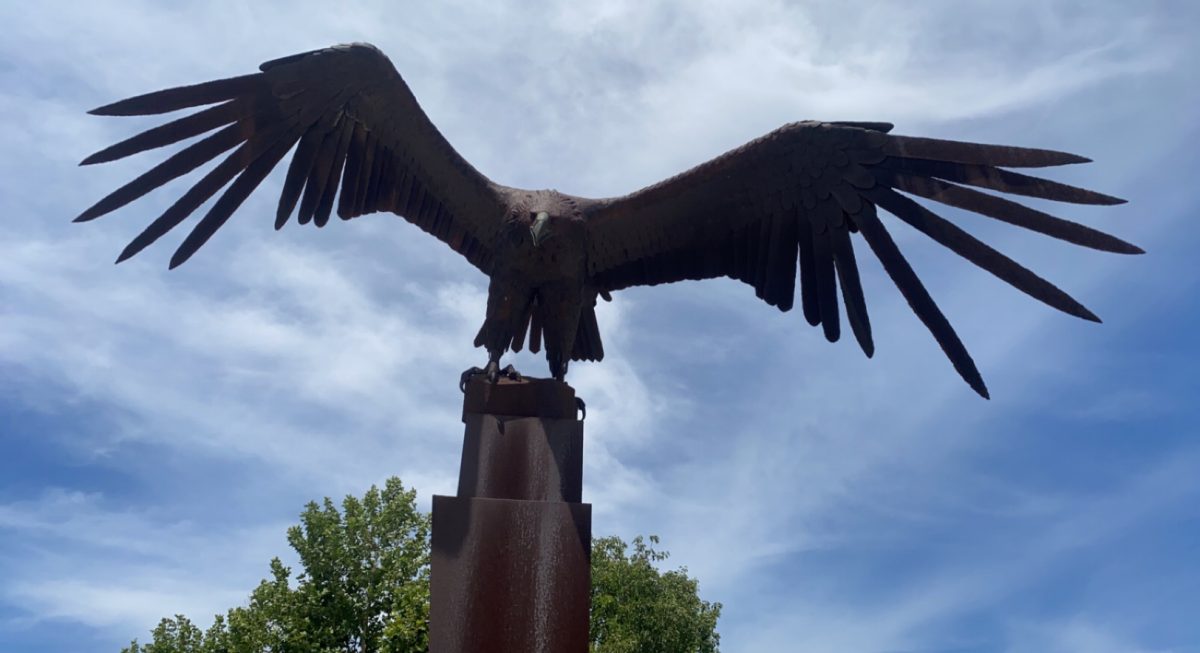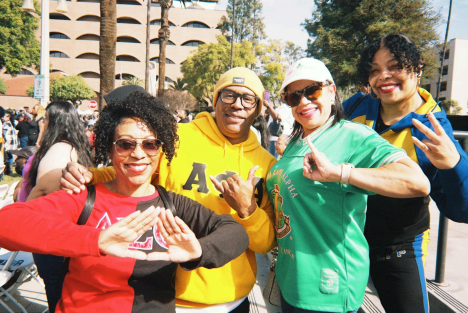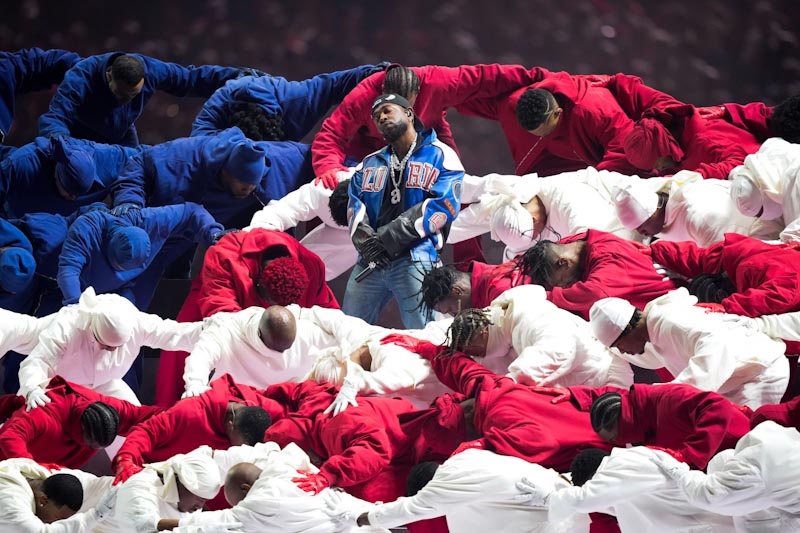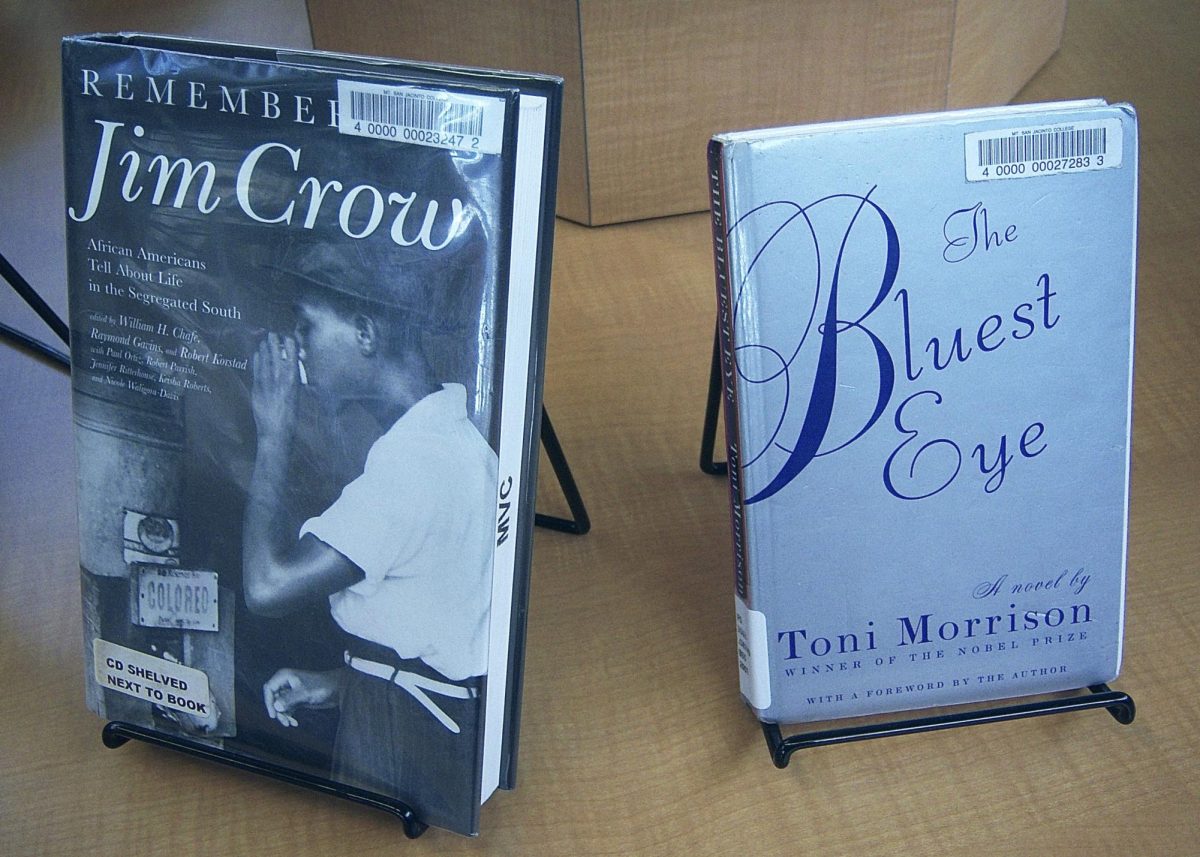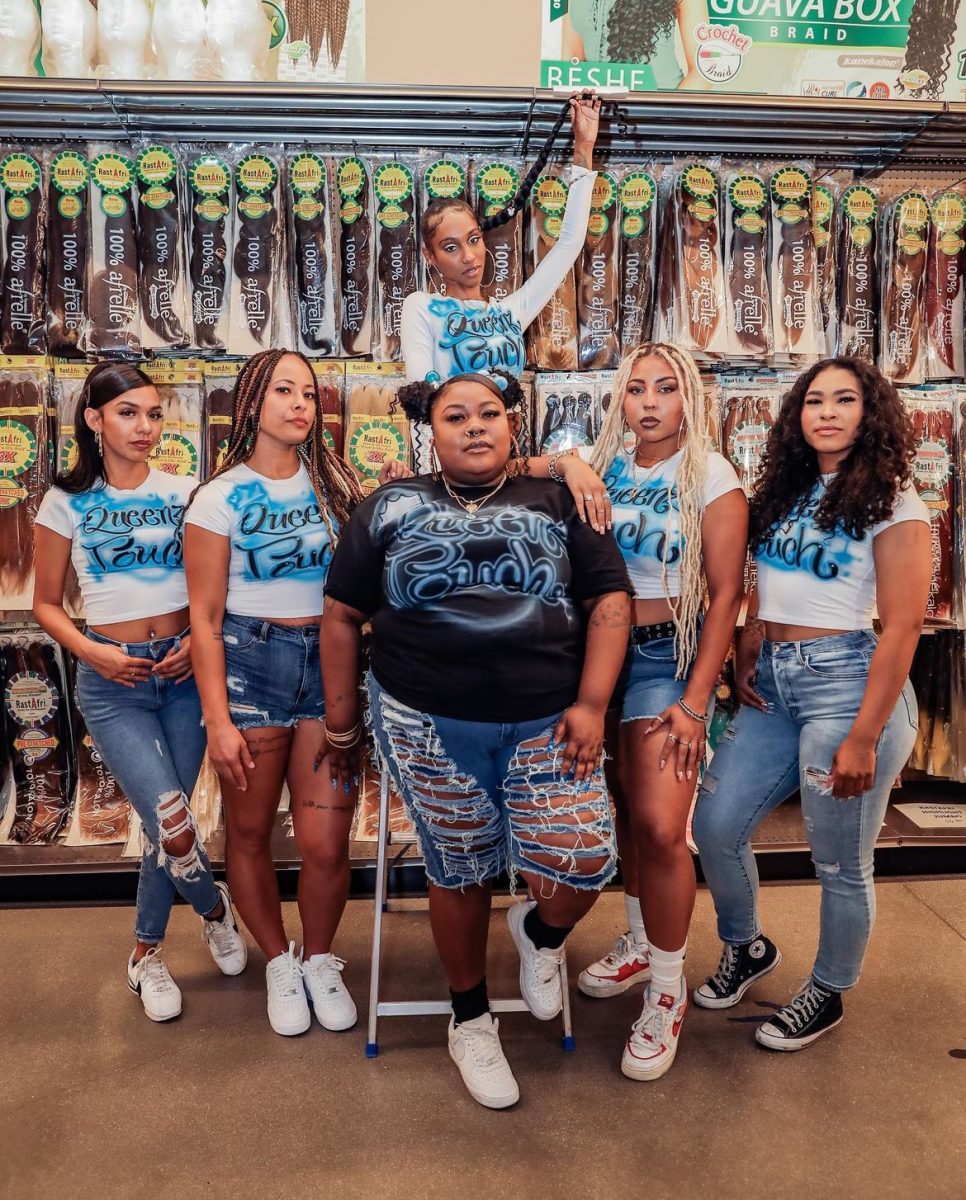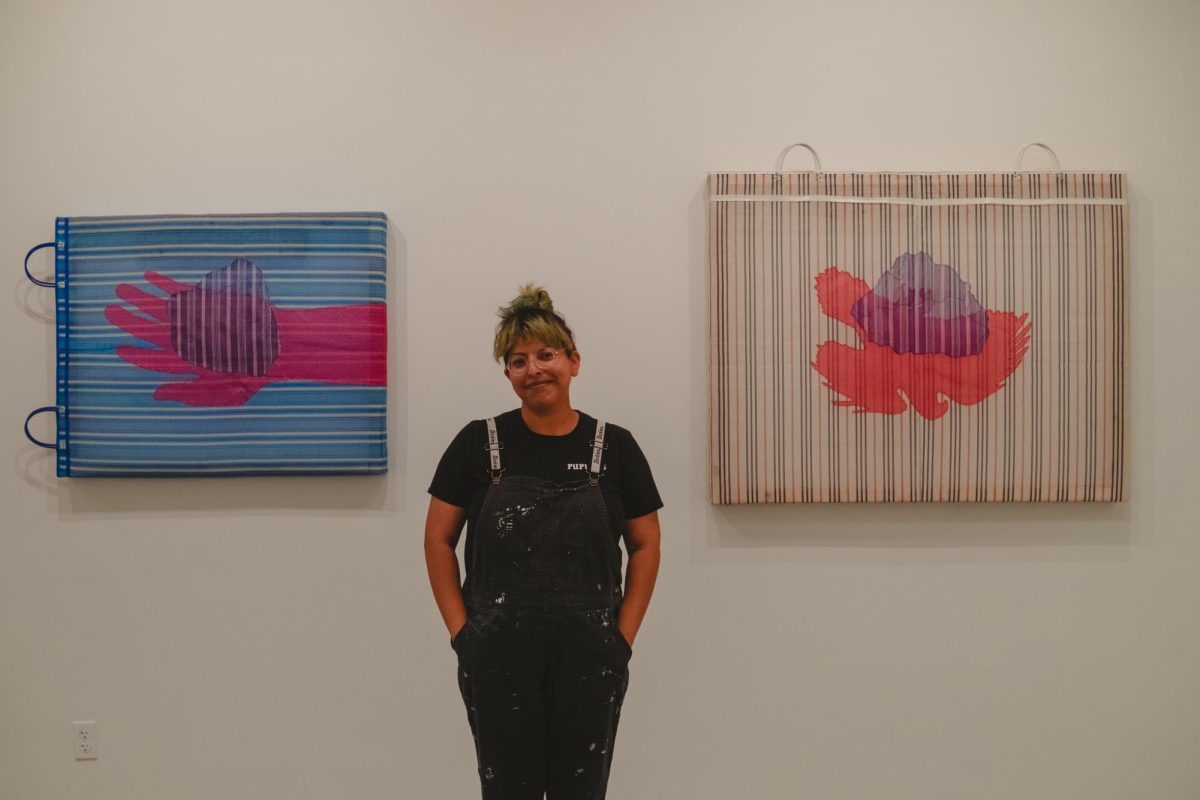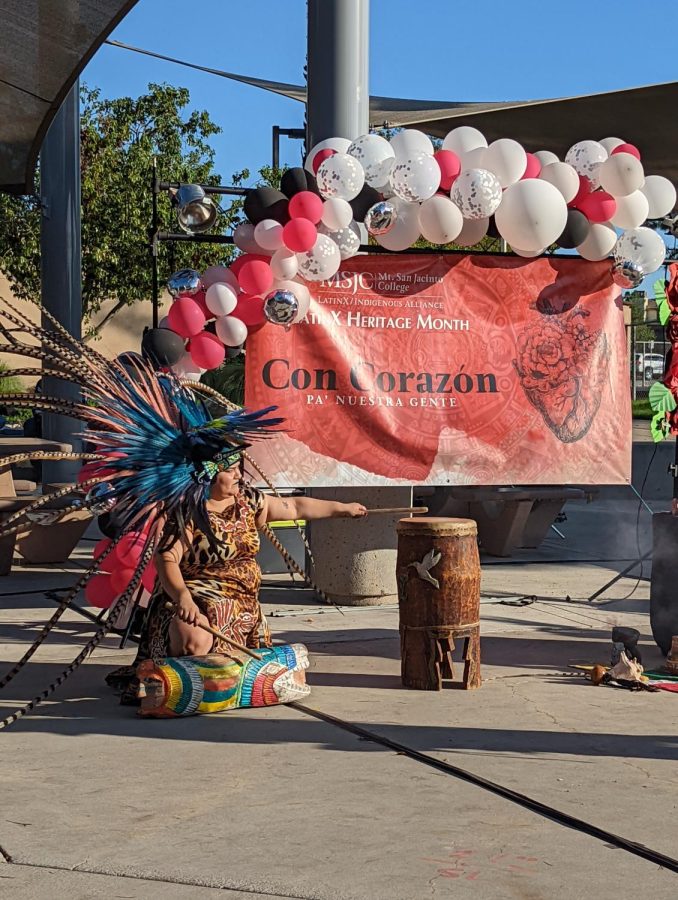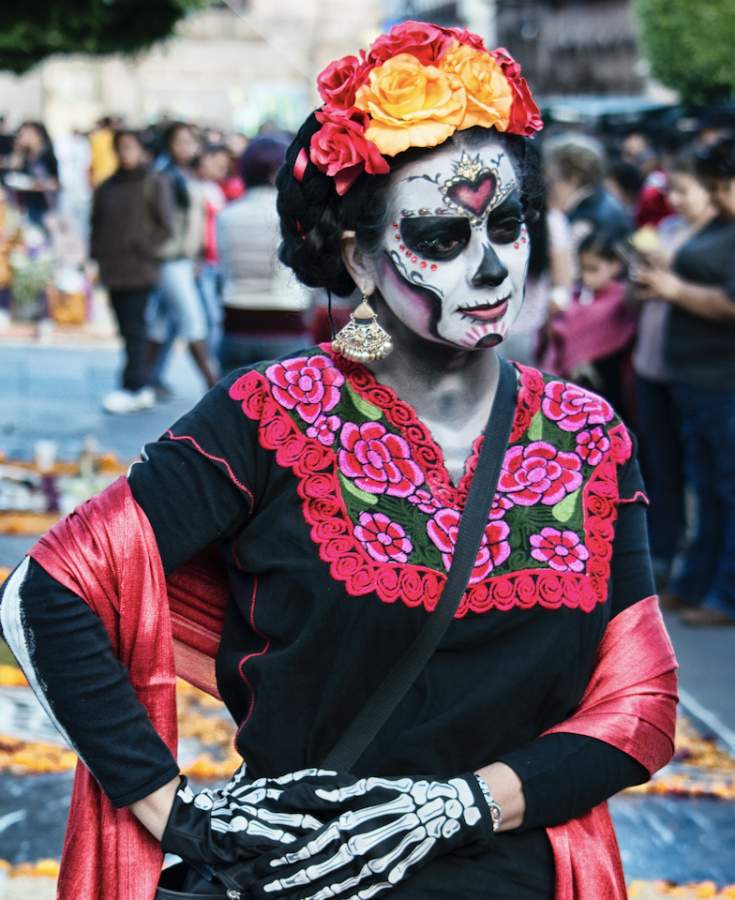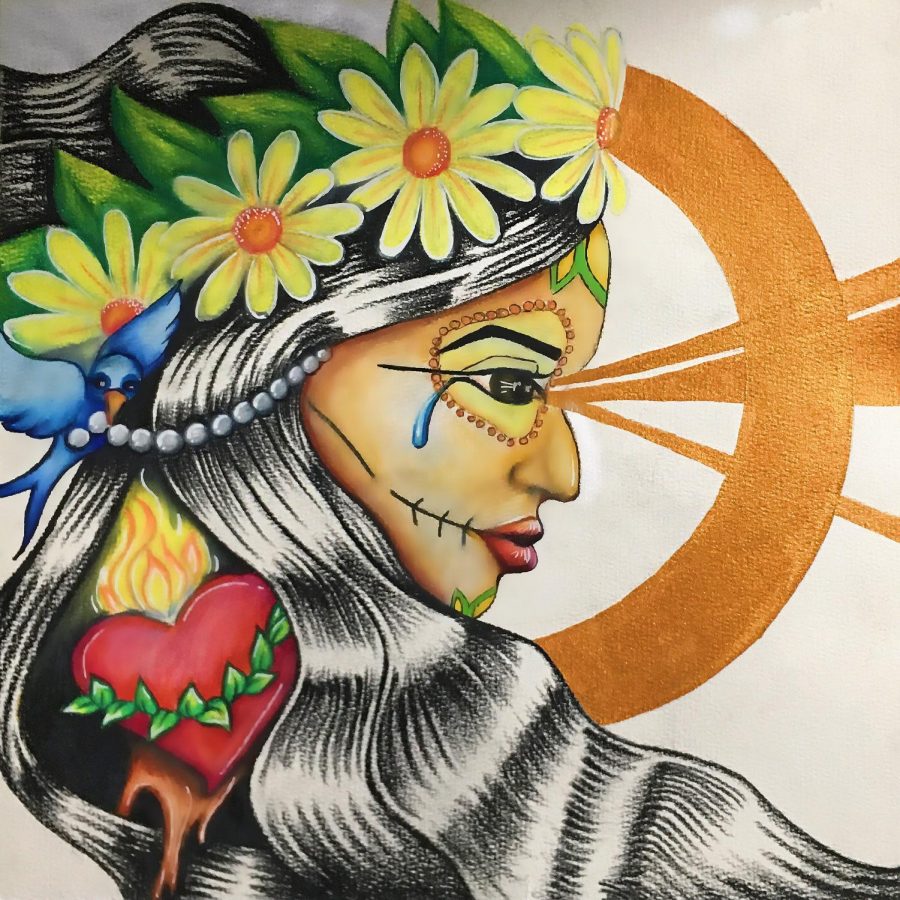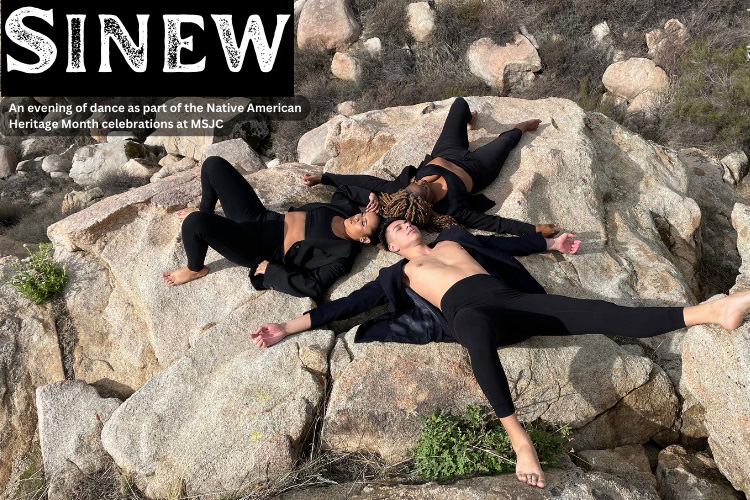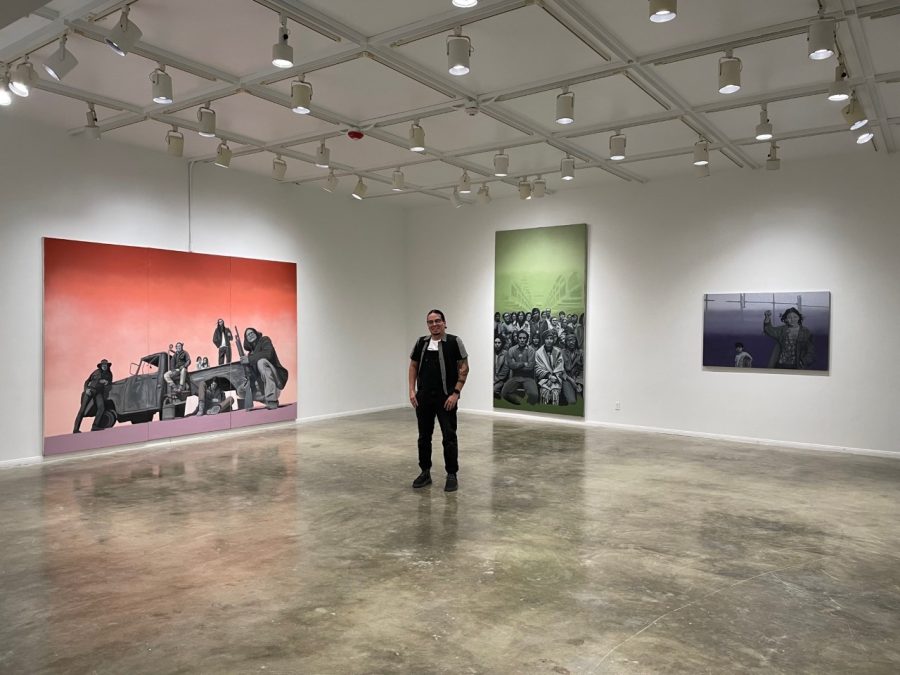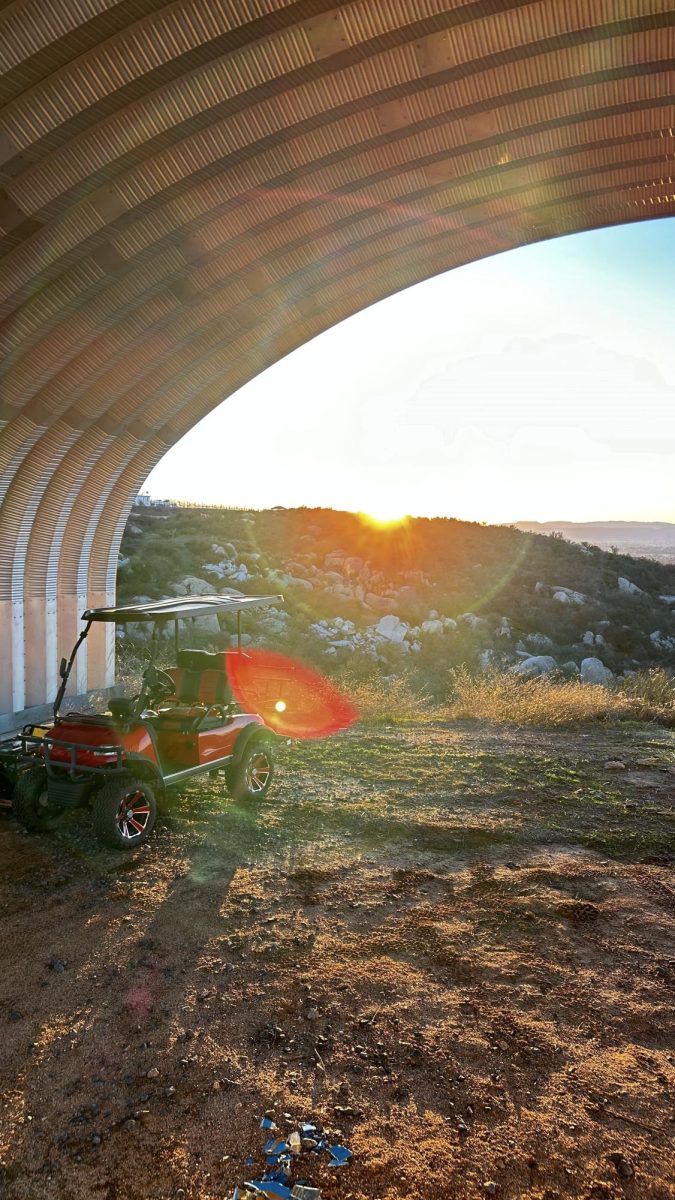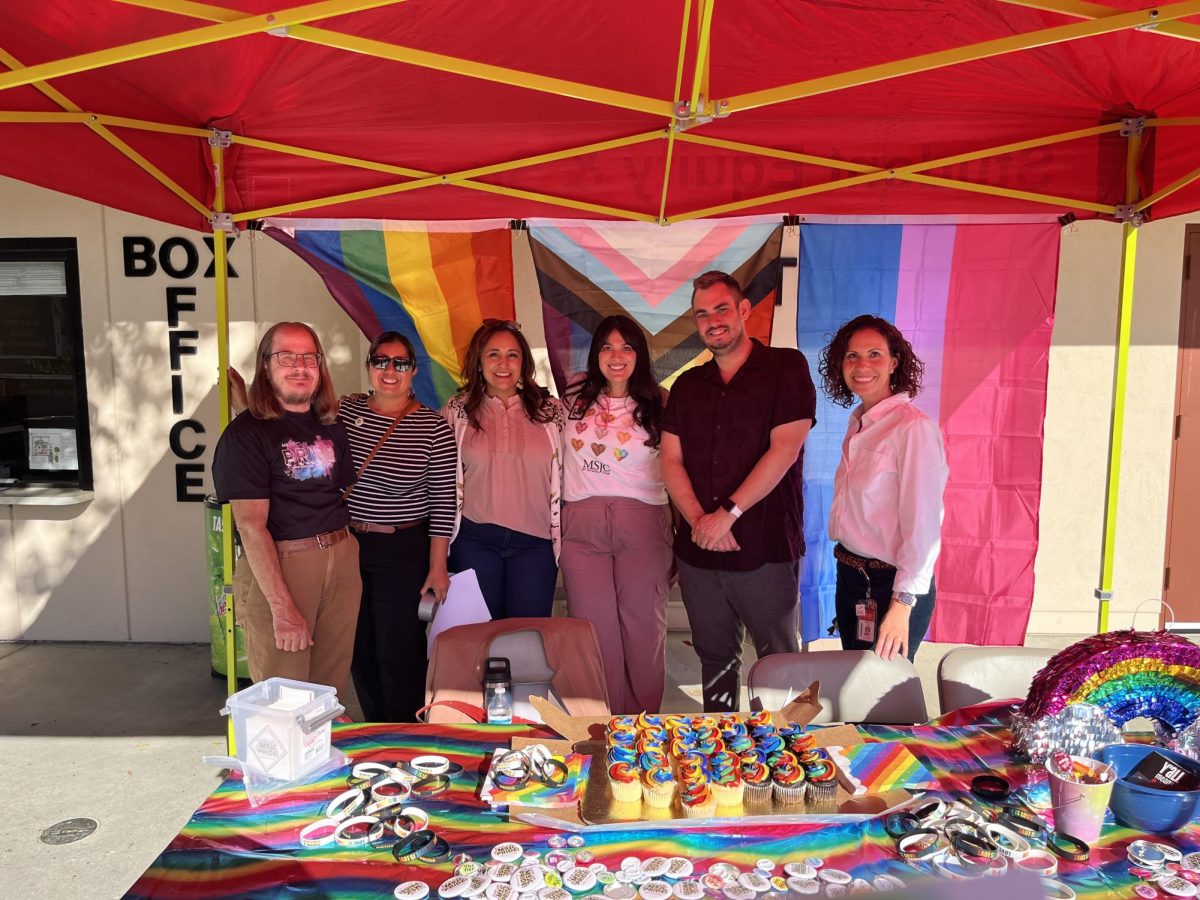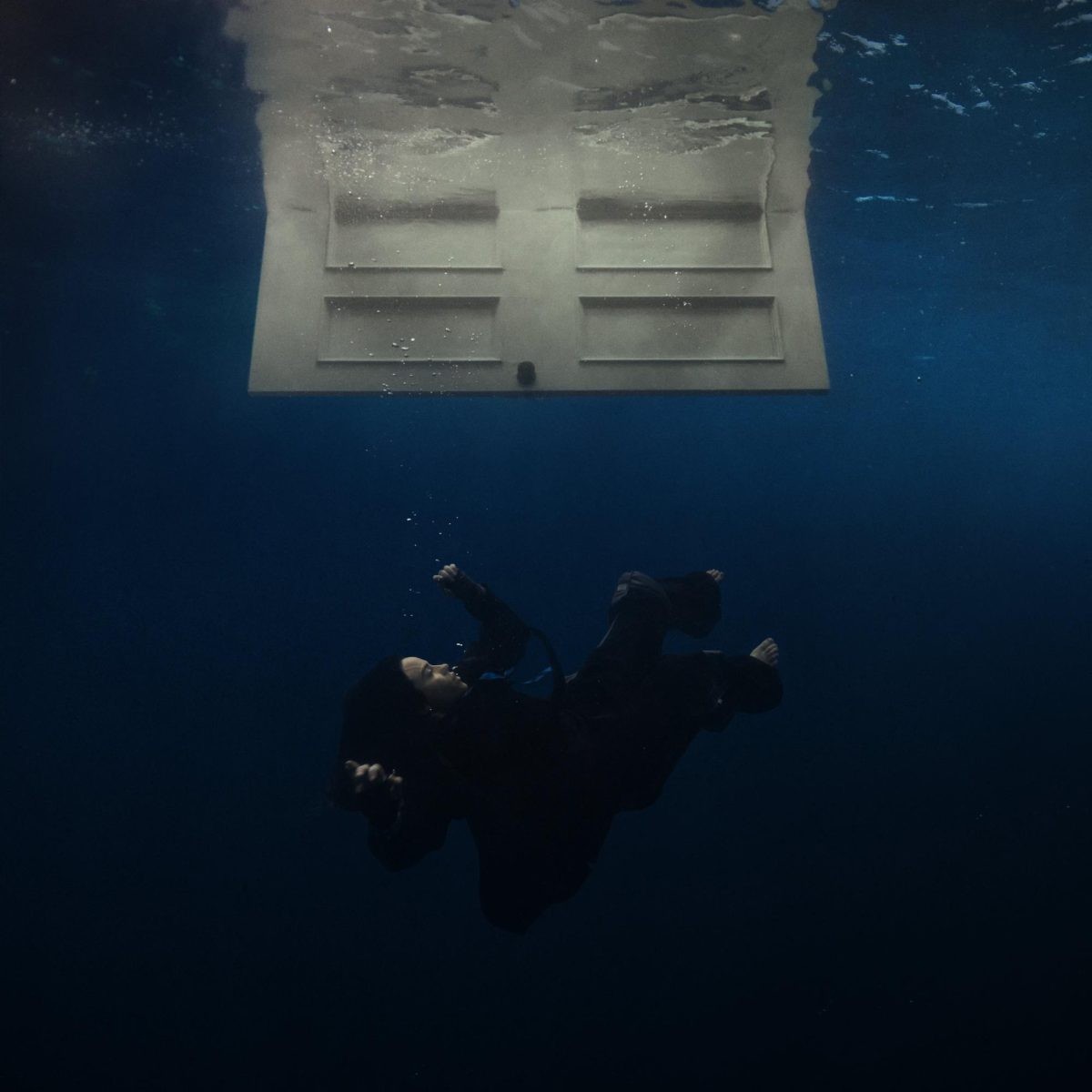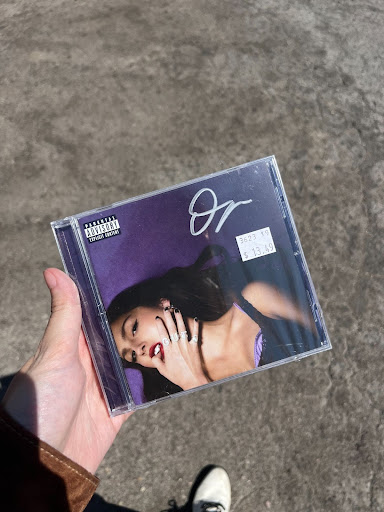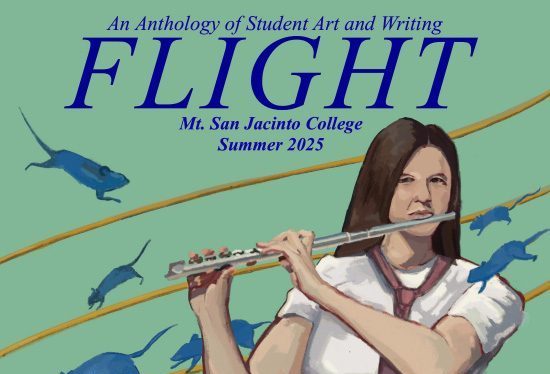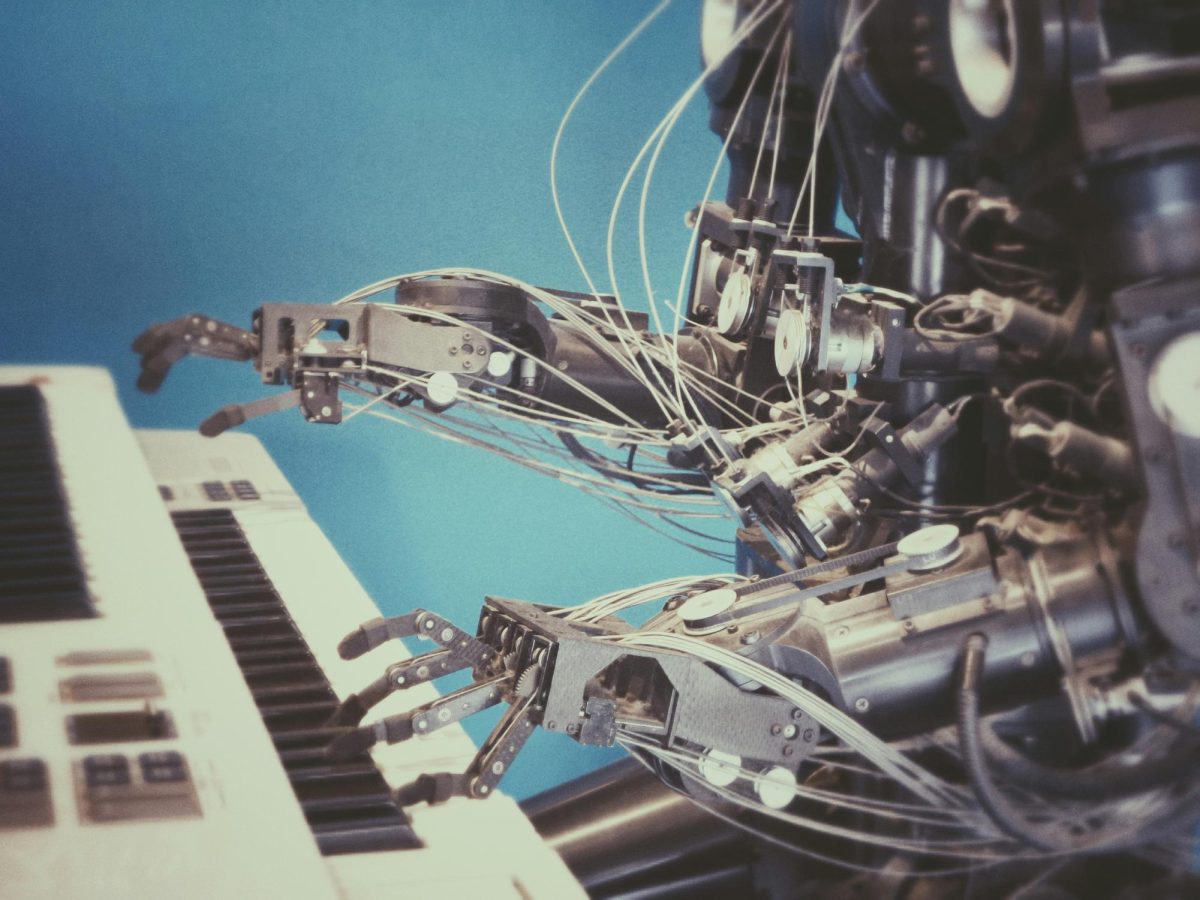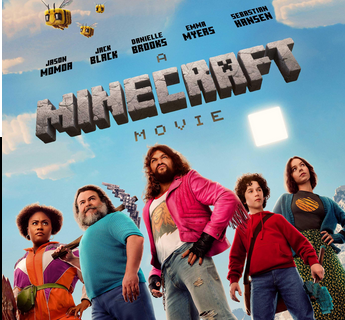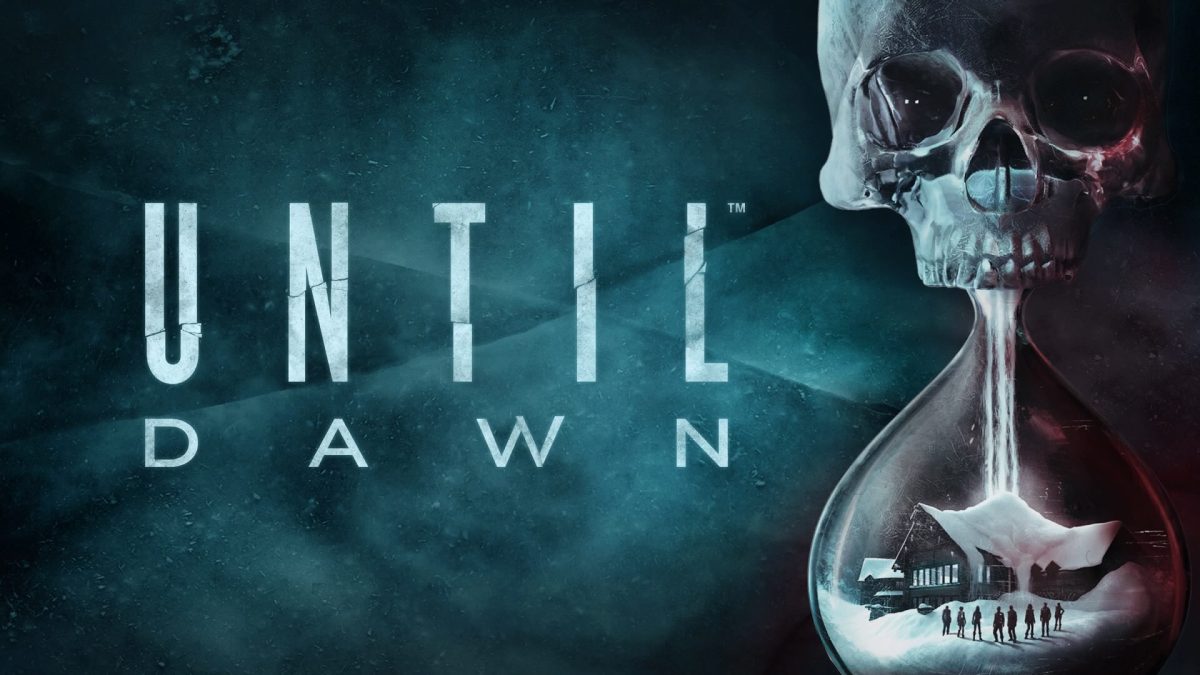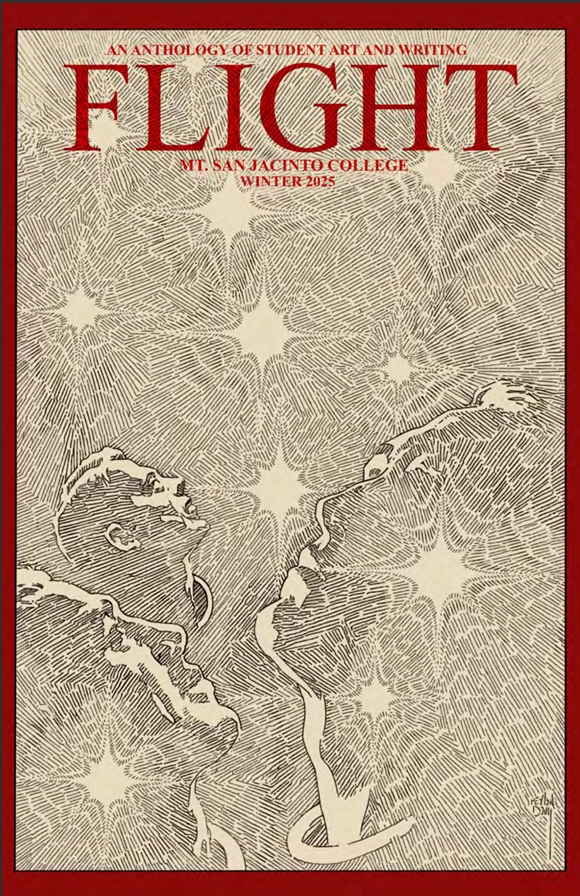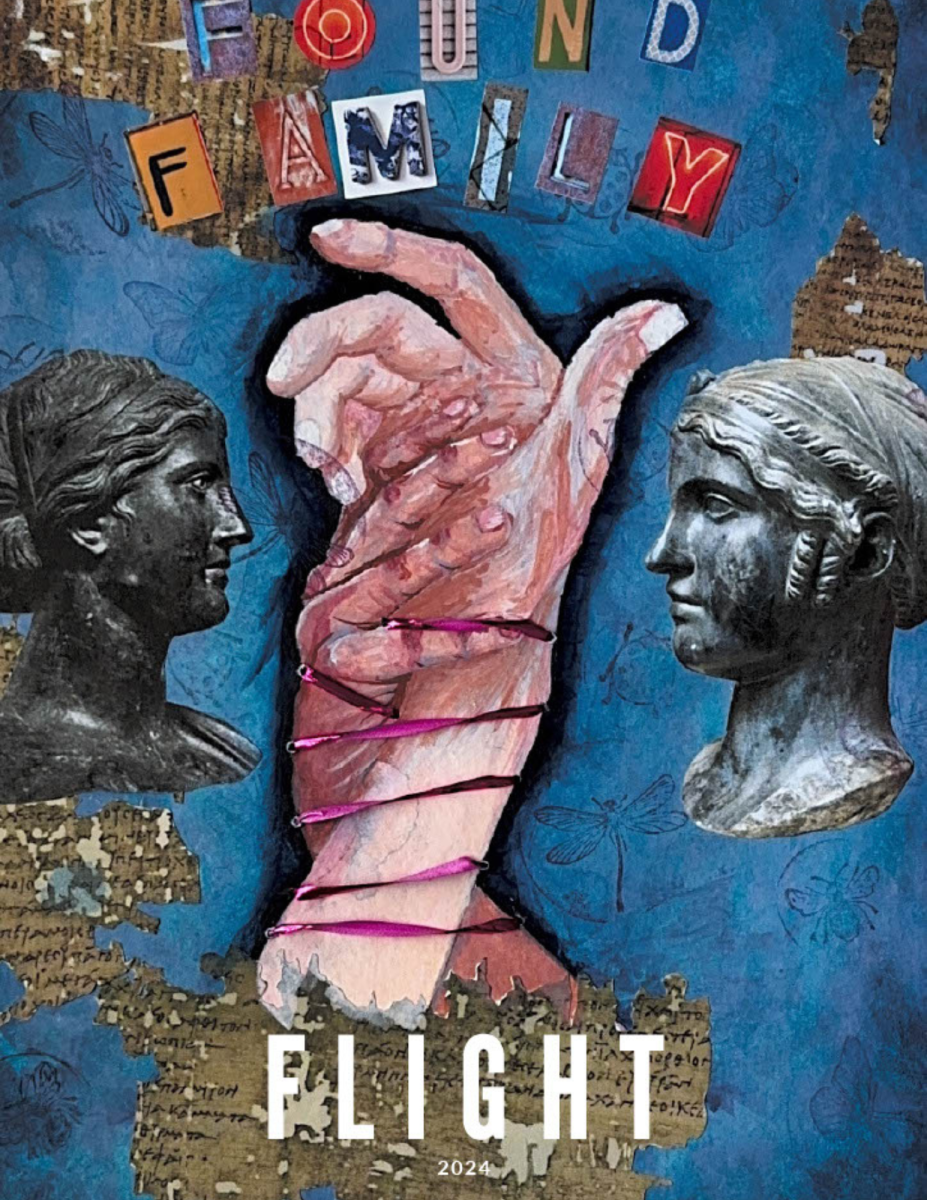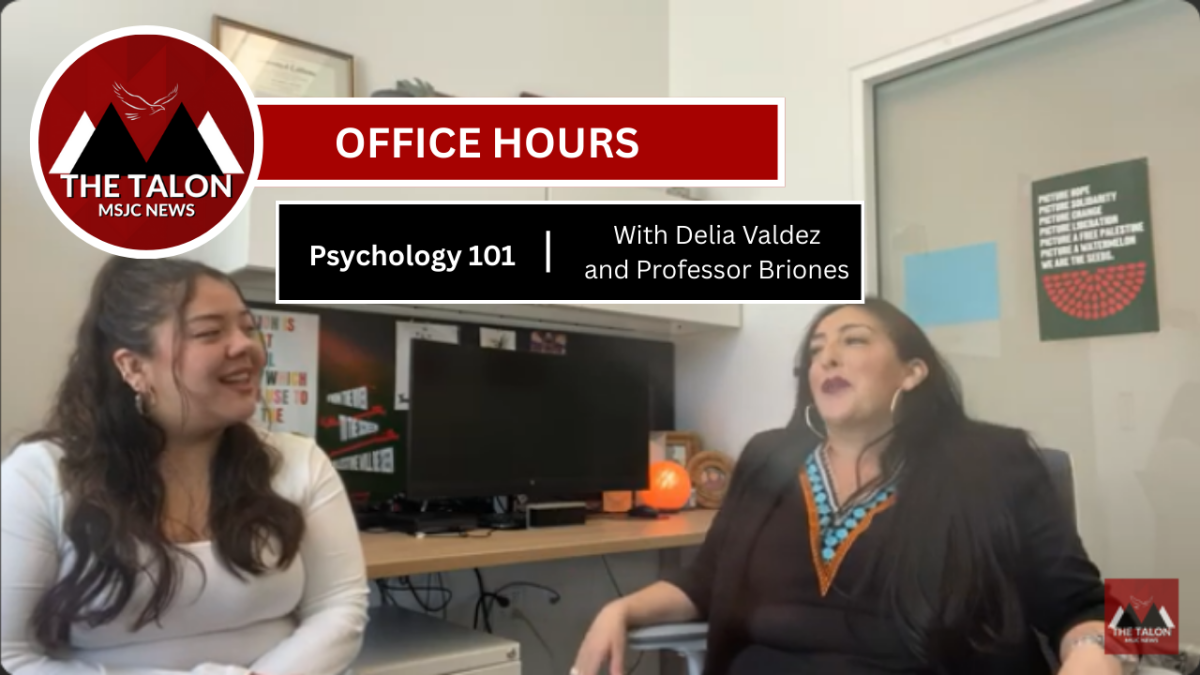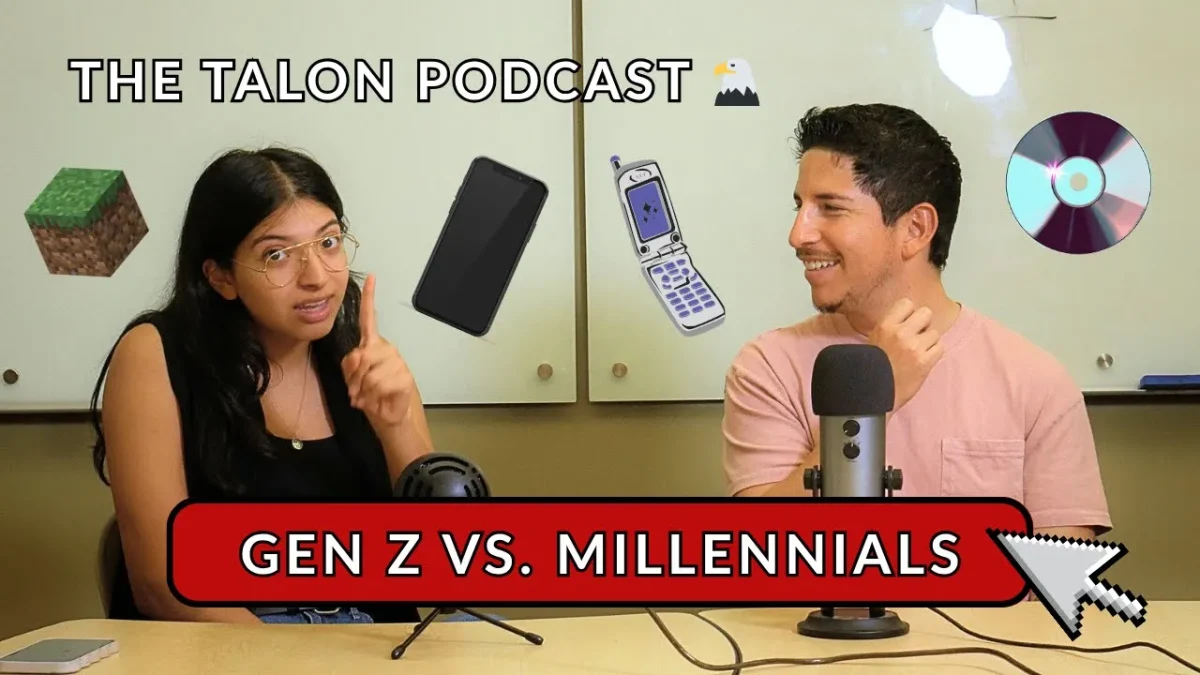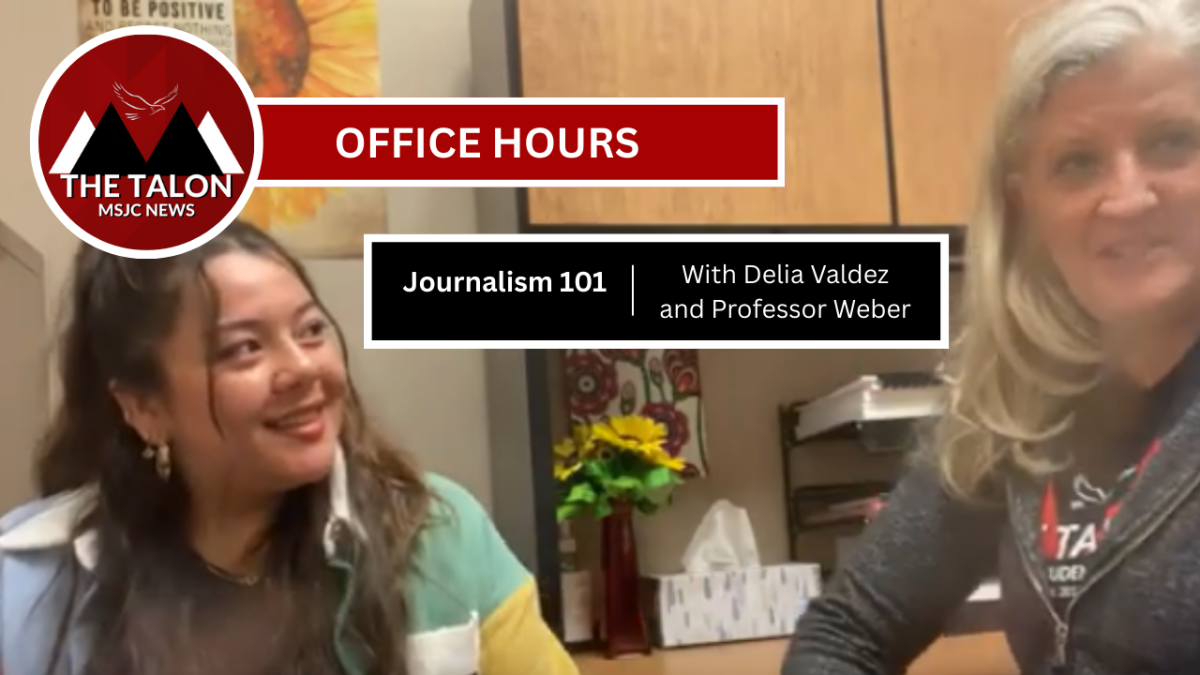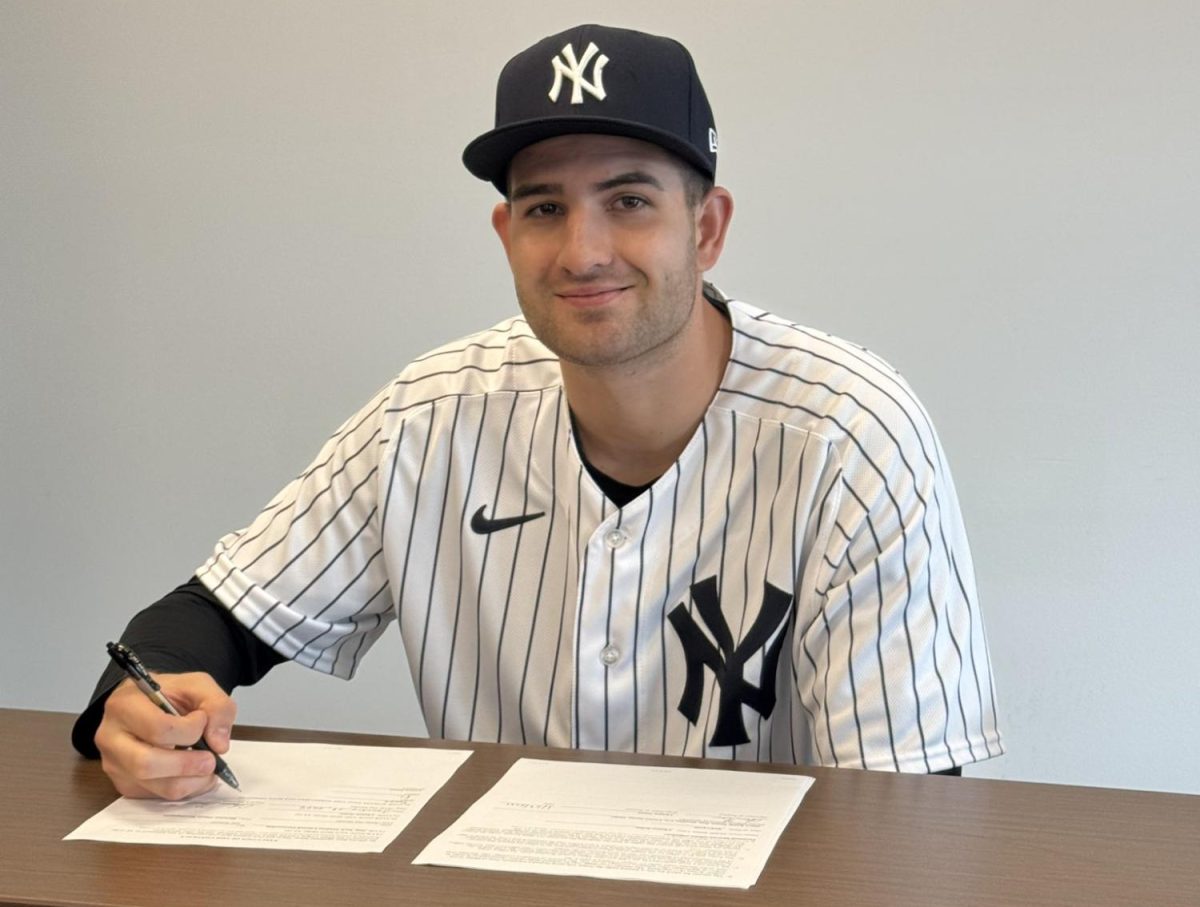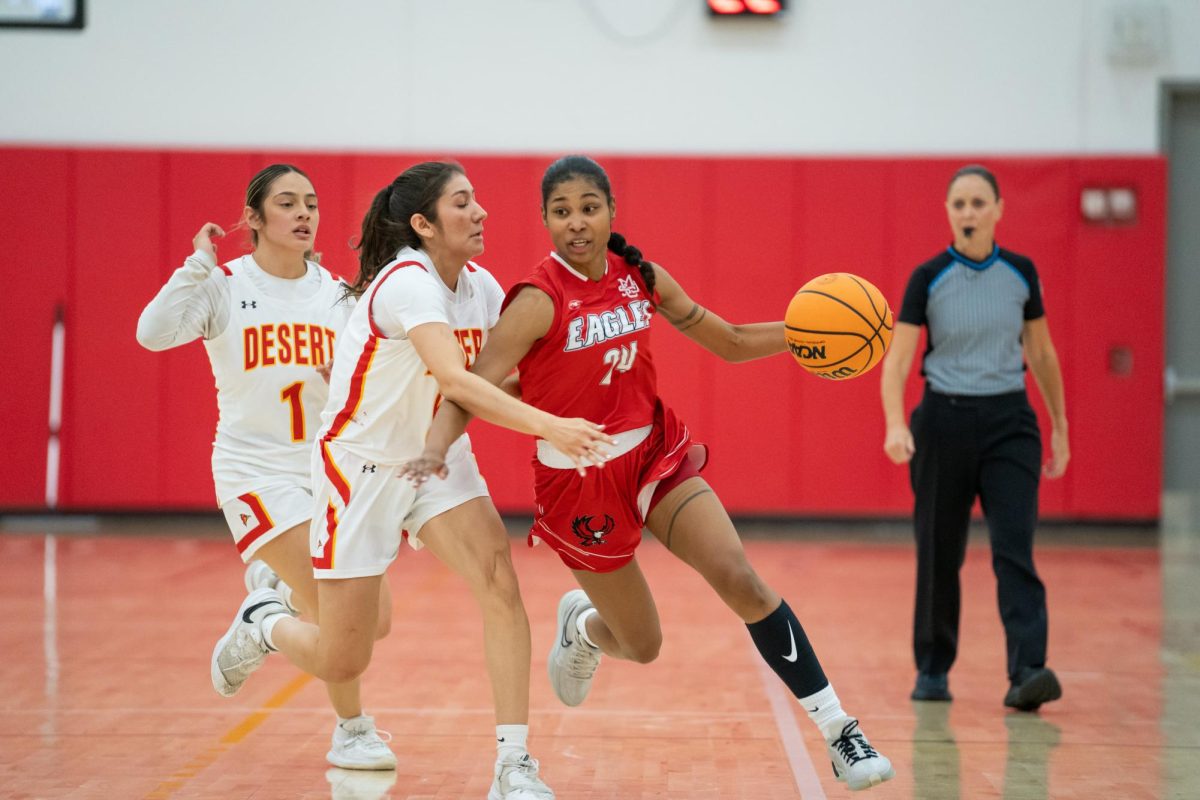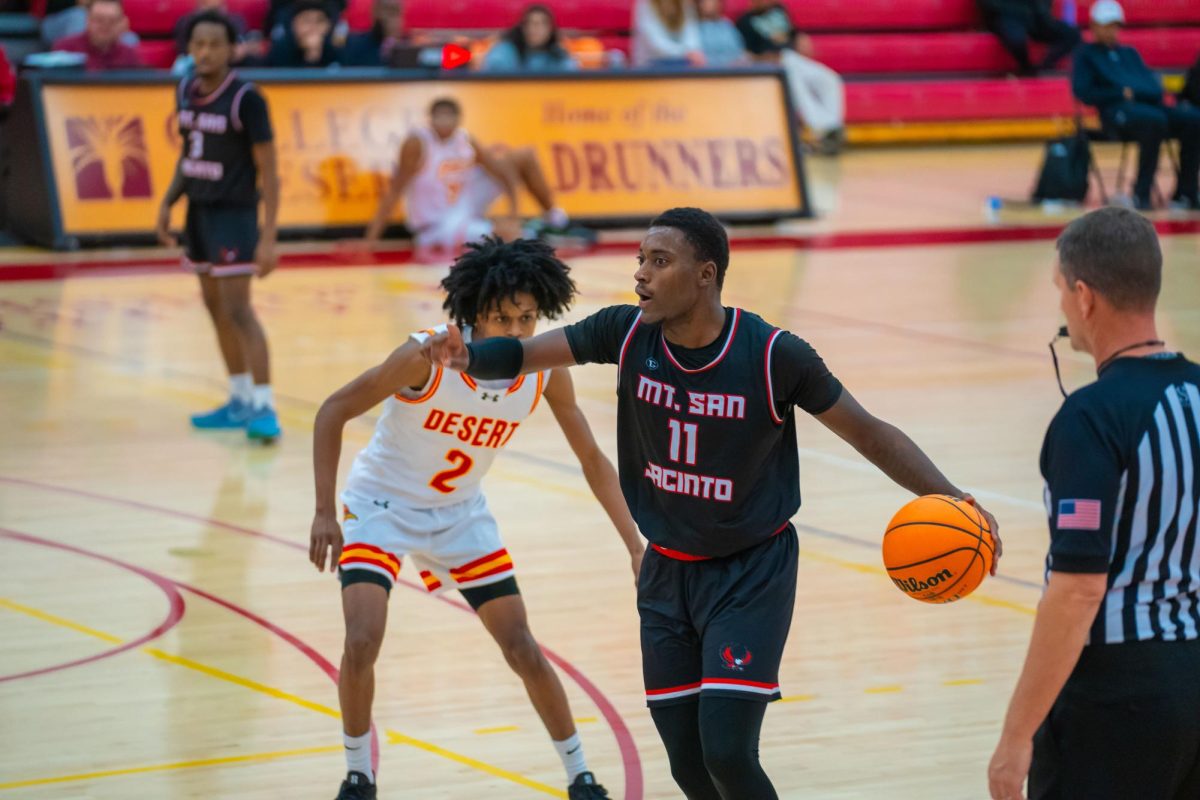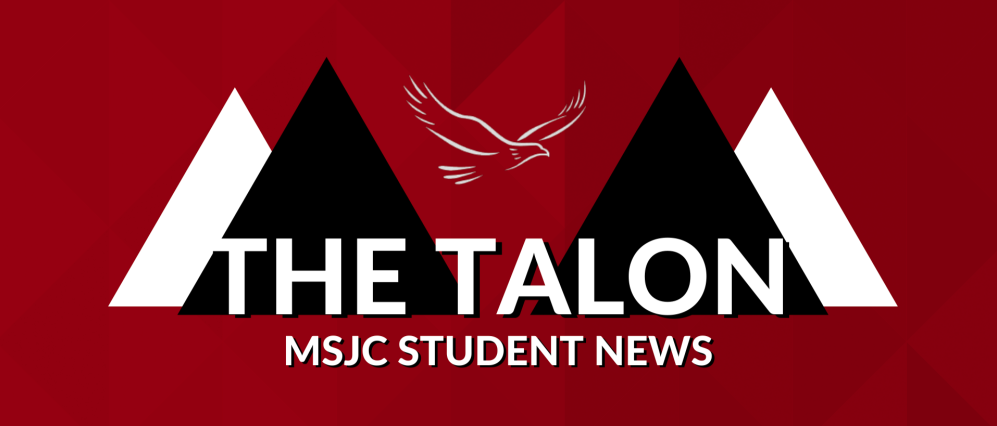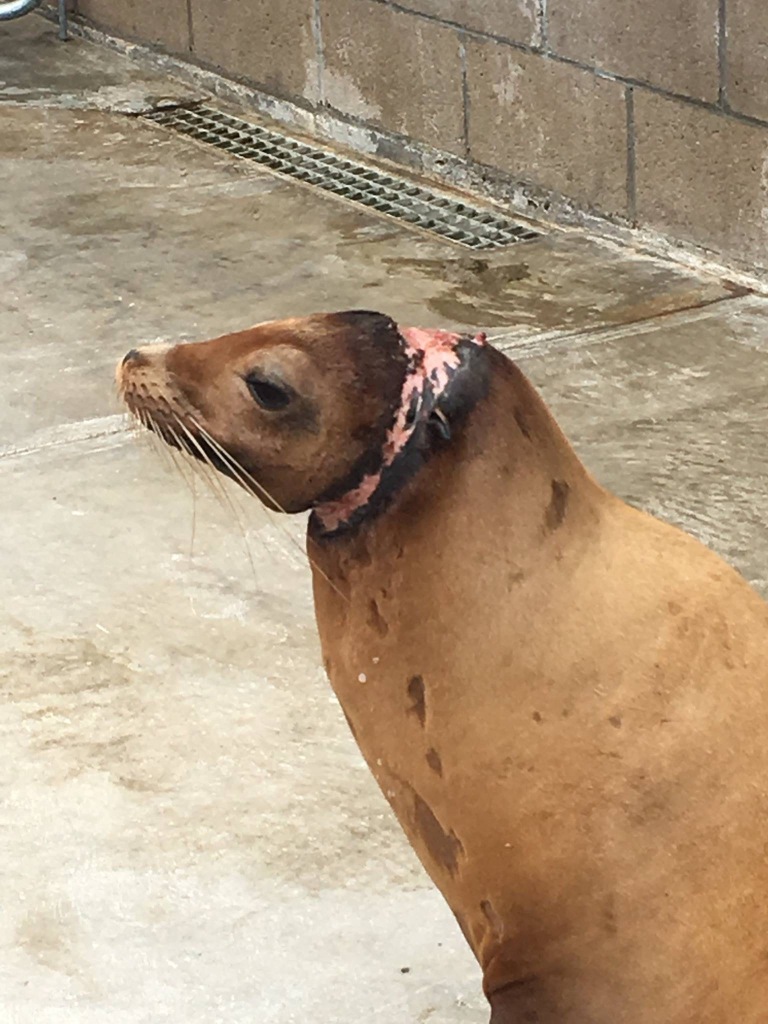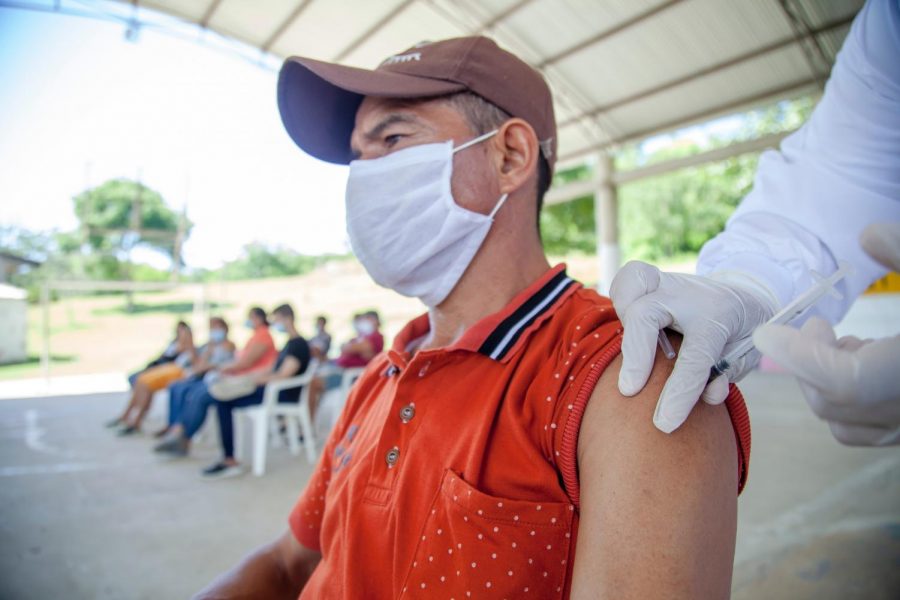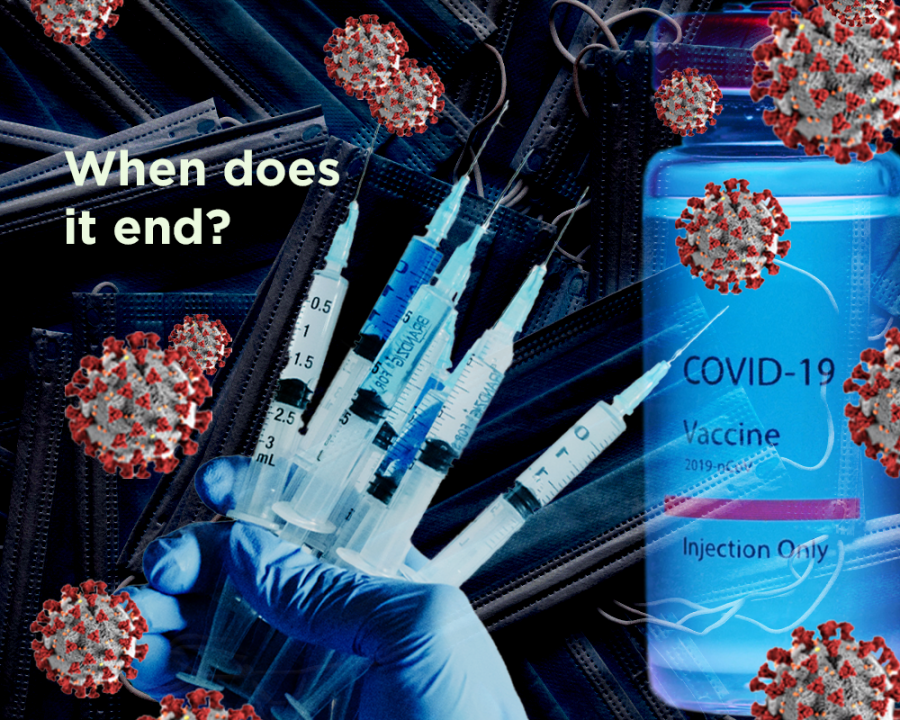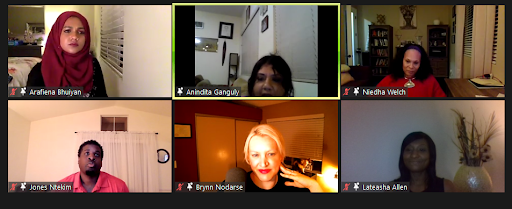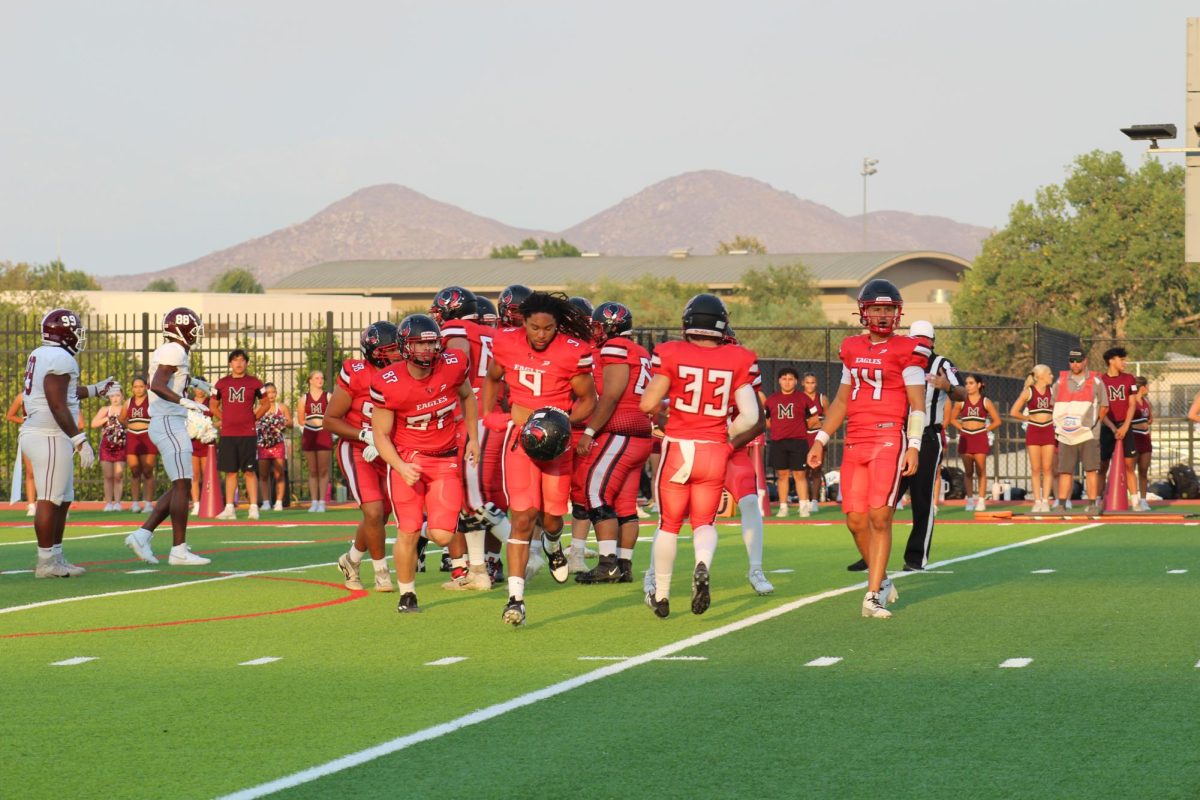By Alyse Kiara Deatherage
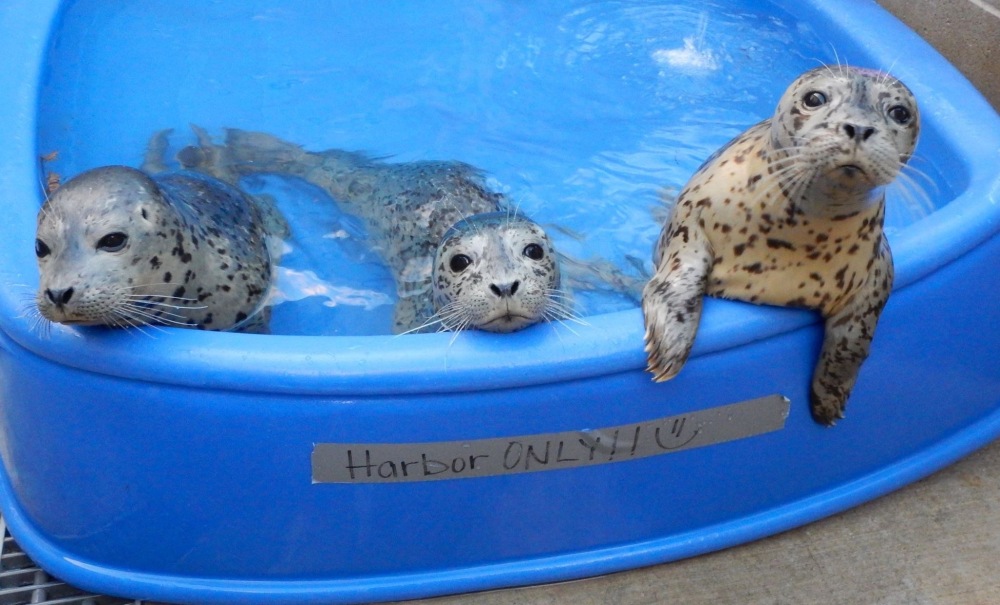
WARNING: This story contains graphic content and photos that may be upsetting and hard to view for some readers. Viewer discretion is advised.
With Earth Day passing recently, many people are able to see the bright side of this pandemic: cleaner air because less fumes and emissions from cars and cleaner beaches from less populated and polluted areas since everyone is staying home. As we see the rate of trash lessen, so do we see less flippered friends showing up on the shore with plastic in their bellies and ending up in centers like Marine Mammal Care Center (MMCC) in Los Angeles.
MMCC is an organization that has been running strong for 27 years. Since 2016, MMCC has relied heavily on donations from the public to fund their facility. Much of their funding comes from events, such as Earth Day or Seal Day, and donations from guests who walk through the facilities and see the animals or buy trinkets at their gift shop.
“At the center, we take care of anything from California sea lions to harbor seals, to elephant seals, and also once in a while fur seals, either a northern fur seal or a guadalupe fur seal,” said MMCC board member Elizabeth Galowich.
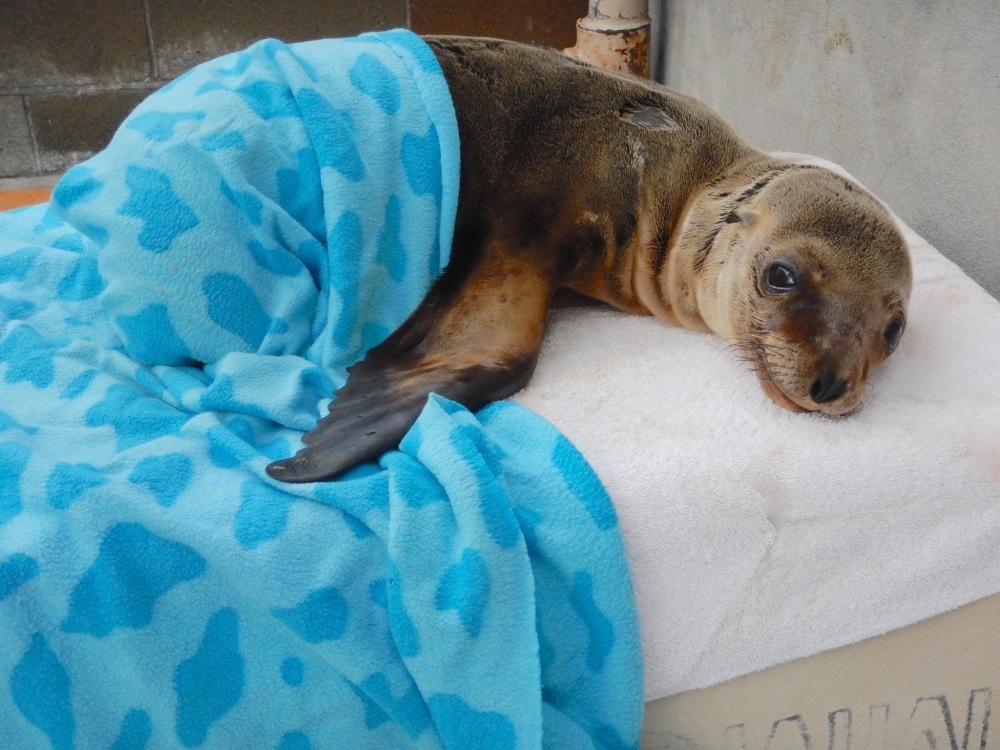
MMCC covers the entirety of Los Angeles county and its beaches, which Galowich said is around 60 miles of open beach.
“Unlike Northern California, where much of the beach area is not accessible because it’s cliffs, we have a lot of open beach areas and we get a lot of animals because they come up on populated beaches,” said Galowich.
Fortunately, this season, MMCC has begun to see a small decline in the amount of flippered animals, or pinnipeds, that are coming in, with their usual numbers around this, their busiest, time of year from over 100 animals at a time decreasing to presently between 50 to 60 animals, though this decreased number may not last. Unfortunately, COVID-19’s effects on the center have not been all good.
As stated before, as of 2016 MMCC has been relying on the donations of their visitors to fund their organization, and though this hasn’t been easy, it has been possible thanks to them being open to the public seven days a week and holding events to spread awareness about their cause. However, the center is now closed to the public, and their goal of earning $1 million to fund them through the next budget year has seen a decrease in its numbers.
“Normally, we are open instantly seven days a week to the public for free and now, because we’re closed to the public for the first time in 27 years, we don’t have those donations coming in,” said Galowich.
In addition, volunteers like Galowich who usually work at the center are not there now because of the social distancing guidelines set for workplaces. Normally, MMCC sees 200 volunteers regularly working at their facility, but now that number is down to the roughly 10 paid employees of the center.
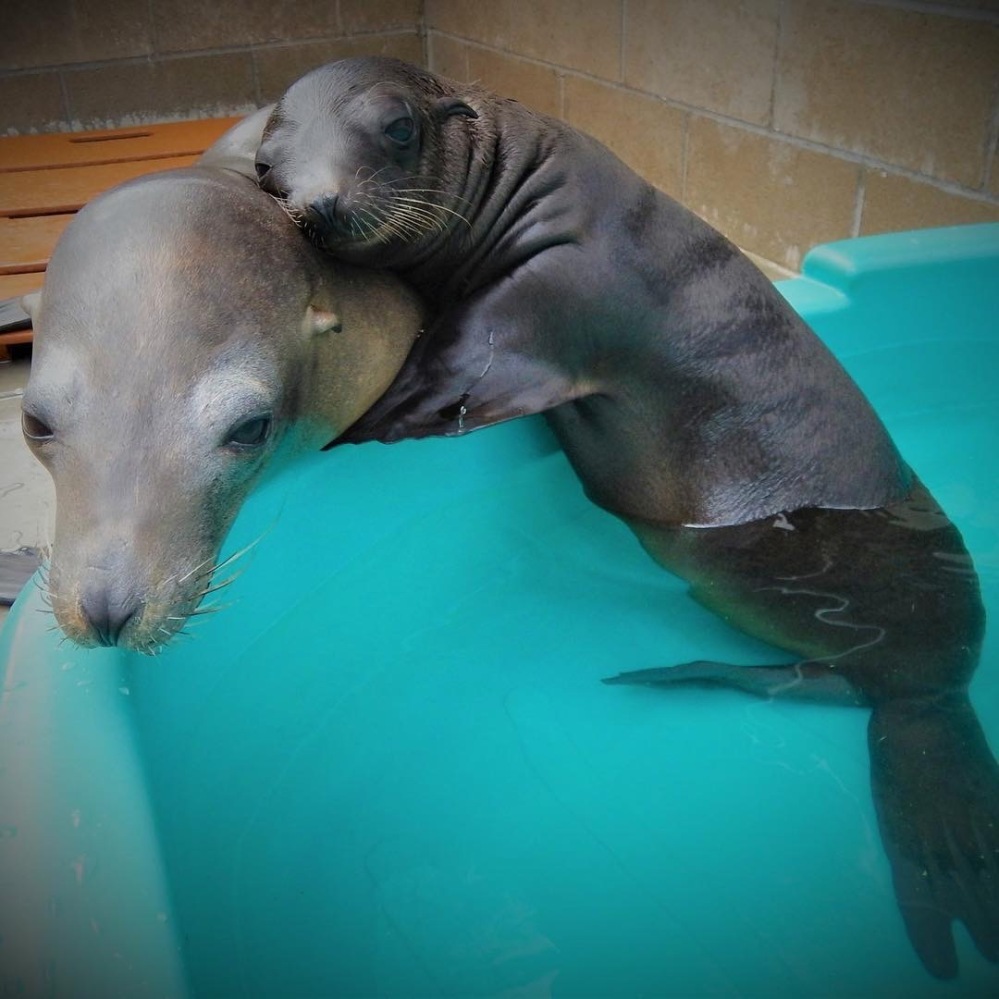
“So, COVID has affected us for one in the staffing, because they can’t use the volunteers; two, it’s affected us because we’re not open to the public for the first time in 27 years, so we don’t have that interaction, our gift shop’s not open, so we don’t get those donations and we don’t get the donations from the public that comes to visit us; and the third way is that we can’t do the events that we normally do, like Seal Day, or some of our outreach events,” said Galowich.
Though the center is struggling, they have not given up yet, and their team has taken to social media to help support their center’s goal of earning $1 million by the end of June. The volunteers, like Galowich, have a passion for animals and dedicate a good amount of time to the center to help care for the animals that come in.
“They call them the dogs of the sea, and I swear to God, when I get home, I just wanna hug my dogs because [the animals at the center] are so dog-like,” said Galowich. “They’ll walk up on their little flippers and look into your bucket to see what you’re doing, or they’ll just come over, or they’ll follow the broom, or they’ll jump out of the water and kick a fish and throw it your way.”
Galowich is an attorney, which she says is the “farthest thing from working with sea lions,” and she has been volunteering at the center since 2014. She started as a docent who would welcome guests into the center and explain what animals they were seeing and what the volunteers were doing, and she now works as an animal caregiver. Her day starts anywhere from 5 to 6 a.m., when she prepares the food for the animals by separating pounds of herring for each of the six pens that the animals stay in.
“In addition to preparing the food for each pen, we also have some animals that come to us that haven’t been weaned yet and they don’t know how to eat,” said Galowich. For animals like this, they make a “fish smoothie,” by grinding up herring and other nutrients, and feed them by tube. Animals that may need to be fed by tube include babies, especially elephant seals who have to be taught step-by-step how to eat, and injured animals.
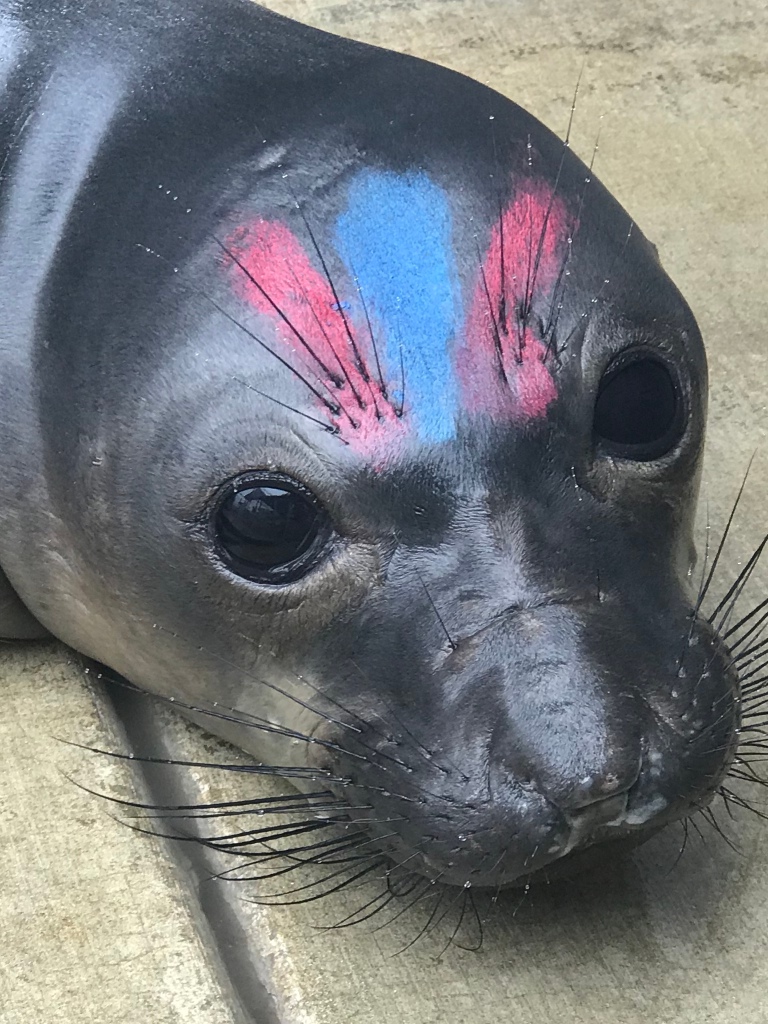
“Right now, it is baby elephant seal season and they take a lot of work because they come to us and, unlike the harbor seals and the sea lions that are pretty smart, the baby elephant seals aren’t that smart,” said Galowich. “They don’t even know how to hold their heads straight when they’re babies, so we have to tube feed them and then we have to literally show them how to eat.”
To do this, Galowich and the other volunteers have to hold the elephant seals’ chins, put the fish in their mouths, and physically help them learn to eat. Then, they have to help the baby elephant seals learn how to catch fish in their mouths and hunt for food with the other animals.
“We have to get pools and get a fish at the end of a stick and show them how a fish swims and teach them how to get it,” said Galowich. “They look at you with humongous eyes like, ‘what? I don’t get it, what do you mean I have to eat this fish by myself?’”
Though the baby elephant seals can be truly adorable, they are one of the most work and time intensive animals that come into the center. Right now, because of COVID-19 regulations, the remaining employees are working long hours to make up for the roughly 200 volunteers who aren’t there. Teaching the baby elephant seals to eat can sometimes take weeks, so this time is very labor-intensive for the few employees who are still coming in, without even including the adult seals and sea lions that the workers also care for, which can sometimes weigh up to 800 pounds.
Even so, Galowich said that working with the animals can be one of the most rewarding experiences, especially when releasing them back to the ocean when they are healthy enough. In order to be released, the animals have to meet certain criteria, some of which include being a sufficient weight, competing for food, and behaving well with the other animals, according to Galowich.
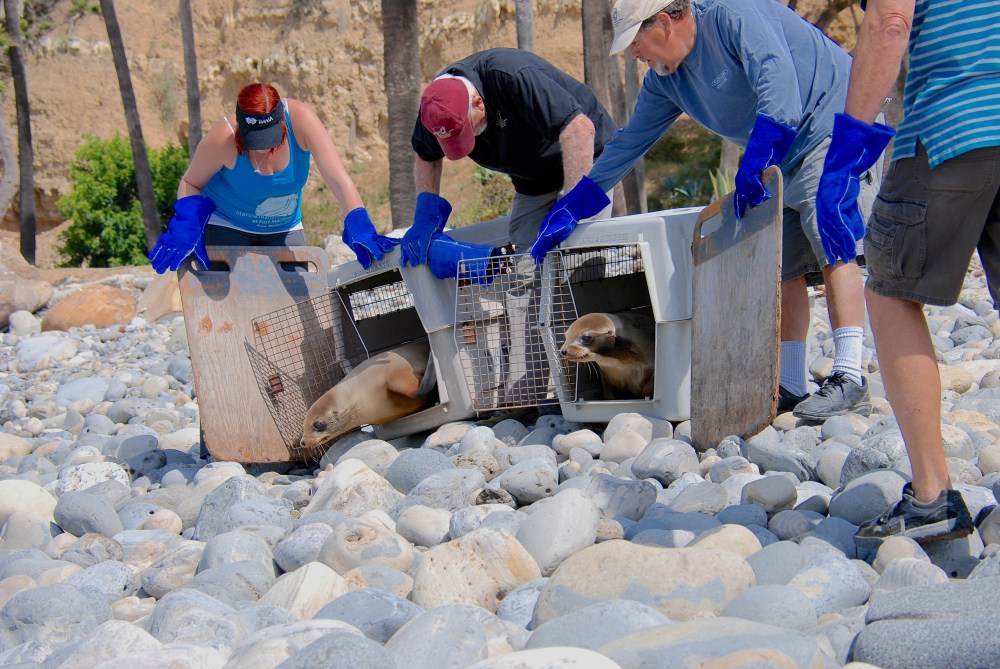
“It may be just me, but I think that every time we release them I swear I see them turn around and say ‘thank you’,” said Galowich.
In its time running, MMCC has welcomed in and cared for over 8,000 pinnipeds. Their impact affects all of LA county’s beaches, and the many injured pinnipeds that come into it.
Galowich explained that some of the animals that come in can be there because of anything from human inflicted wounds, to parasites.
“So [these] are some of the reasons: entanglement, shark bites, ingestion of plastics, parasites, malnutrition,” said Galowich. “Depending on what they came in for determines when and how we treat them.”
Two of the cases Galowich described seemed to be the most unexpected of the ones that have occurred this year. The first was a sea lion who was blinded after being shot in the head, presumably for the purpose of killing the sea lion. The second was a sea lion pup that had made its way on to the 710 Freeway, where a good Samaritan called highway patrol and they came to pick it up and brought it to an animal shelter, which then brought it to MMCC.
Entanglements, ingestion of plastics, and shark bites are some of the more common cases seen at MMCC, some of which can be extremely graphic and horrendous, like in the photo shown above.
“Some get entangled in fishing lines, or what’s called a gill net, and they can have it wrapped around their neck,” said Galowich. “We’ve seen animals come in that are almost decapitated because they’ve gotten wrapped up in plastic and we have to cut the plastic all around and basically stitch their neck back together.”
Though seeing these animals in these conditions can be heartbreaking, it just reminds Galowich and the other volunteers of the importance of their work. She volunteers because she wants to help these animals and provide hands to care for them in the best way possible.
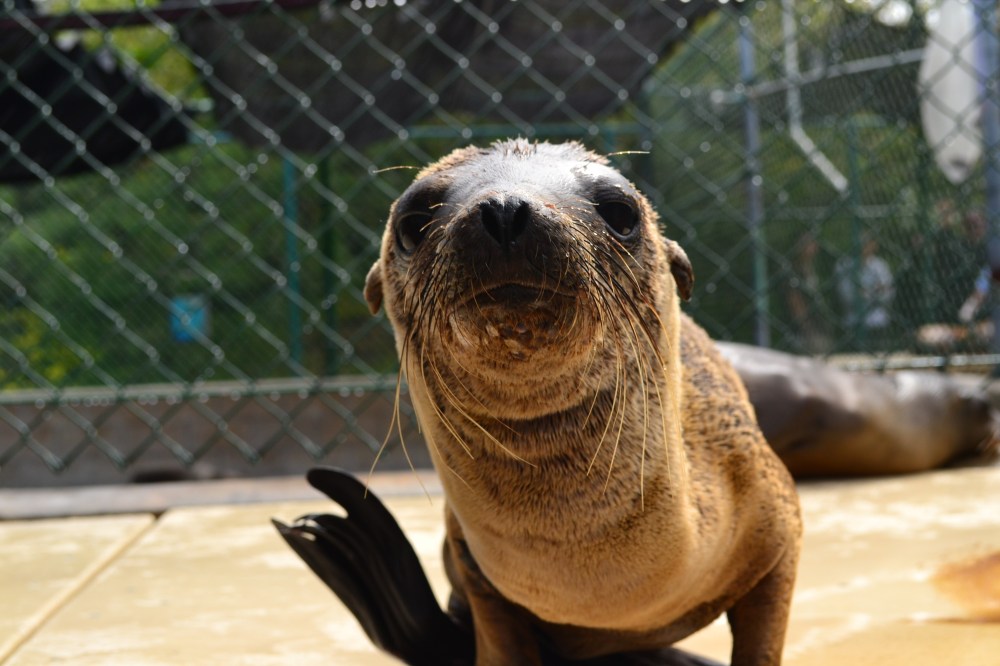
“Because, if they get to Marine Mammal Care Center, they have the best chance of survival they could ever have, because our staff and our volunteers are so dedicated to making sure they have the best treatment and the best care so that they could have that chance,” said Galowich. “I always think to myself, ‘thank God that we’re here,’ because if we weren’t here and they were left to die an agonizing death on the beach by themselves, it’d be brutal.”
MMCC has collected over $900,000 and is still very far away from their goal of $1 million. Their website provides videos of the releases they’ve done in the past and photos of the sometimes gruesome cases that animals come in with — both of which show what the volunteers and workers of MMCC do for these animals.
You can visit their website here for more information on how to contact them as well as how to donate to their cause and see the work they have done thus far.
